|
A walk around the Dorothea Twll and associated remains with Dave and Gwen Roberts. I was shown a photograph of a man riding a chain incline...something very much frowned upon, but which nevertheless happened almost as a daily occurrence in the quarries. The man is William John Roberts, Grandfather of John Roberts. He is thought to have been the manager of the quarry at one period. Here he is in all his nonchalant glory- Dave asked me to show him where his illustrious forebear had worked, and it was my pleasure to share the place and some of it's secrets with him and his wife Gwen. The start of any exploration of Dorothea is at Talysarn, where the tramway from the quarries transshipped the slate to the standard gauge. Below is a photograph taken recently... 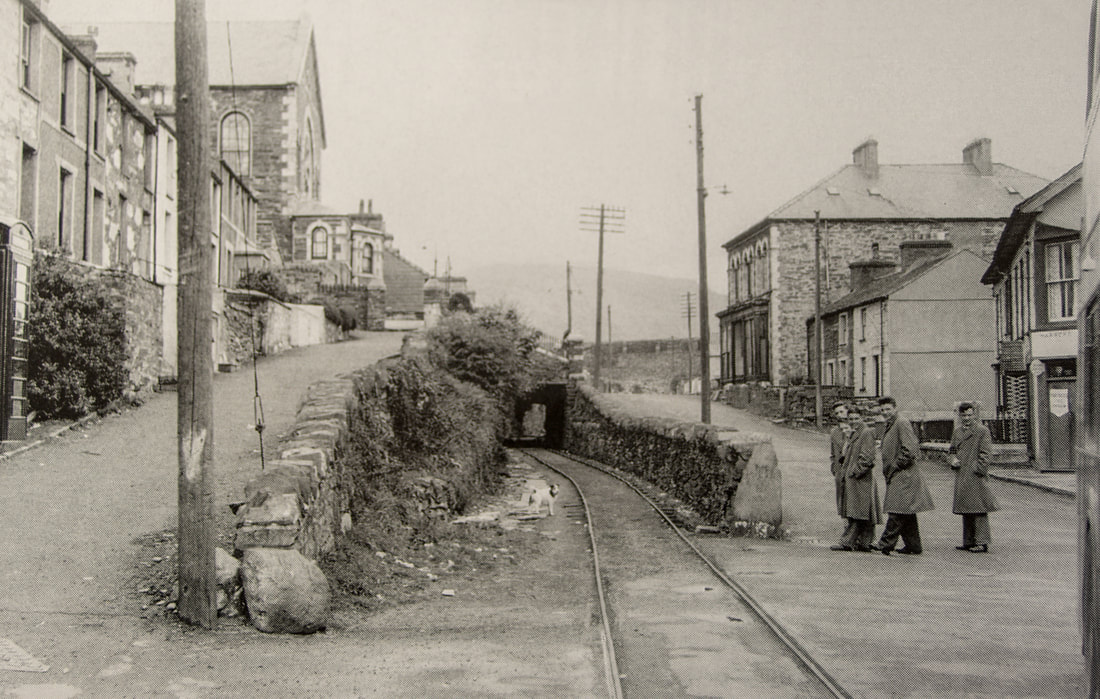 Then there's this, taken in 1957. Not very much difference, except that the remains of the tramway tunnel under the Chapel are still there. The wee dog looks a little bit annoyed! Also of note is the outline of the top of Bont Fawr in the background -and the double decker Crosville bus just in the photo. As you walk towards the quarries, a modern day roundabout is encountered, where the local buses turn around. Just along from here was the site of a massive, mostly dry-stone built slate bridge, a multi-era structure added to as the tips became higher. Bont Mawr It's hard to imagine this structure now as you walk along the track past Talysarn quarry- all that remains is a dry stone buttress at the side of the road beside the new gates that D.E.L. (Dorothea Estates Limited) have installed. The bulldozers arrived in November 1977 to start the clearing of the tips at Cloddfa'r Coed (the so-called 'Domen Fawr' behind Eifion Terrace) and the west side of the Talysarn Quarry. The photographs below give some idea of what a busy place this was. Sadly, nobody would have thought of Listing or Scheduling something like that in the mid-1970s. Here's a 1960s view from the parapet of Bonc Fawr. We can see the flooded pit of Gloddfa'r Glai/Coed Madog quarry on the left. The roundabout of today is roughly where the truck is and the mill chimney is from the Coed Madog mill. Land reclamation of 1977-78 included shaving down the village end of Gloddfa Glai /Coed Madog tip and dumping it in the shallow end of the lake, along with Bont Fawr and much of the mills area and production tips. Gloddfa Glai had already been landscaped in 1972 when they took down the old Wesleyvan chapel and the tramway embankment The Quarry was put out of action by a dam burst in 1913, luckily on a Sunday when all the workers were in chapel. An older view from Bont Fawr, this time showing the incline on the right above the Talysarn twll and the rubbish bridge running between Cornwall and Gloddfa Glai. The houses on the left appear to be inhabited at this time. Chain inclines can also be seen above Gloddfa Glai twll. The Holman Engine Pump House After passing the D.E.L. gate we made our way to the Holman Engine House, through a landscaped area. Here was the first view of the Dorothea pit. Then we descended towards the Pump House. For an account of the sinking of the pump, there is a link to my article here. Above is a view taken probably in the late sixties, showing the pump house and beam intact, with the pump rod still descending into its pit. Cornwall twll is in the foreground, while the West Pyramid, with it's ruined engine house for the chain inclines and chain incline timbers, towers in the background. The chimney is for the two boilers that produced steam for the pump engine. The concrete one in the photo replaced two old boilers, rivetted together, which served for many years. The boilers for the Holman engine were already 10 years old when brought to Dorothea- second-hand from a mill in Bolton. One old villager who passed away many years ago, used to tell of seeing them as a child, being hauled on a low-loader (towed by the Drws y coed copper mine's steam traction engine) from the railway station. They somehow got these 30ft things round the tight corner by the Plas gates (on the old road now collapsed) by jacking up the transporter and placing timbers underneath. The boilers were then slewed bodily, using pulleys ropes and jacks. Above: Looking back towards the Pump House and the West Pyramid across the partially flooded pit, circa 1971. Foundry Terrace is in the right foreground, and a Blondin Pylon. The Western Pyramid The "Pyramids" were built because at Dorothea the slate strikes vertically- space for tipping is at a premium and has to be hauled from great depth. Thus the chain inclines were installed on the front/pit side, while an incline was built to uphaul waste. Wherever waste was tipped, it was likely to be over the top of valuable slate reserves. The Pyramids were surprisingly ad-hoc structures, sometimes modified slightly to adjust for the working face down below. This pyramid is thought to have been built in the late 1870s. Above is a view of the Pump House and Western Pyramid from the Blaen y Cae tips. Ty Mawr and Nantlle Vale quarries are in the background, and behind them, Craig Cwm Silyn. To the Mill The remains of the Mill Office where the quarry manager oversaw the running of the quarry. This would be where Mr Brindley, from Evans and sons, Pump Manufacturers, met with the then manager W. J. Griffith on the 12th November 1901 to discuss sinking a shaft for the Pumping Engine. Above: A map I made to illustrate a previous article, but it is handy to show the plan here. .The numbers related to photos in the article. Of interest to us now is the office at 13 and the Forges 4,5,6, which we inspected. The structure to the left is the double roofed building that we thought might be an engineer’s shop. Above: A photo by Geoff Charles of some local hoggia outside the north gable of the mill. What a difference 70 years makes! Note the bearing box on the gable end and the blackening from the tallow used to lubricate the line shafting. The tips from the Western Pyramid can be seen behind. Above: A photo inside the mill showing the sawing tables and the line shafting belts going to the machines on the left. The waggon is a "car dipio" or rubbish waggon. Some apprentices and a steward in the early fifties. There seems to be no dust extraction equipment in place, slate mills were deadly places to work and silicosis was rife among the mill workers. Above: Showing the Dorothea pit with the mill at the lower left. It looks as if the mill is at the bottom of the pit, but the bottom is 600feet lower! You can make out the Pump house on the extreme left middle. Talysarn Hall (Plas Talysarn) is in the centre of the photo. Foundry Terrace is at “ten past” around the pit. The rest of the village had fallen into the pit a few years previously. You can just make out the stables, Tommy 'Run's' house and Mr Pritchard’s house behind Foundry Terrace. Tommy 'run' was the man who worked the horses up and down the tramway, while Mr Pritchard inhabited an old farm that pre-dated the quarry and was now used to feed and take care of the quarry horses. Above: a group of quarrymen being presented with watches for serving 50 years (!) at Dorothea. The manager in the 1950’s is second from the left. Plas Talysarn can be seen in the background. It is believed that the gentleman second from the right was a locomotive driver. Another superb Geoff Charles photo. Above: some photos taken of the mill in 2010. The structure has deteriorated since then, sadly. The two on the left are of the engine house- the steam engine was housed above floor level and stone steps went up to it. The arch is to carry the rubbish tramway. Above: a photo taken after abandonment in 1968. The hills in the right background are those above Trefor, Yr Eifl. The radio mast can be seen on the slopes of Mynydd Graig Goch. The Eastern Pyramid A shot of the pyramid above a dry pit, before closure. It's a miracle this is still standing. I would have thought that this structure started subsiding as it was being built (late-1870s, completion of winding machinery in 1881). The "foundations" comprised an uncompacted slate tip. It is quite a complex structure, and I think that they realised after starting to build it that it was on the wrong orientation for the required slate face development, so it was modified with extra 'bits' to face more south-east. Thus, it is most peculiarly un-square in plan. A 2010 shot of the path in front of the pyramid- this route is barred now. It shows the multi-angular construction and the cracks which started to appear in the 1880's! As with the Western Pyramid, this would be topped with chain incline hoists. A view from the top of the Pyramid, showing the base of the Chain Incline hoists. A delightful shot, courtesy of C.H.A.Townley, of the side of the Pyramid, with the tramway tunnel on the left. This was taken in April 1957 and the Commercial Hotel is still open for business. The incline for rubbish is out of use with no rails on it. You can see the ad-hoc construction methods in the bastion walls behind... Blondin cables running from across the quarry towards the Eastern Pyramid. You can just see the right hand wires going to the new pylon above the pyramid. The hotel still looks good. By this time a road was driven to the base of the pit and diesel trucks were being used. Above: Inside a Blondin operating cabin. The rollers were powered by electricity and had an early form of dynamic braking. It was an extremely difficult and skilled job. This photo was taken at Dorothea by Geoff Charles in the early 'sixties. Working the Tips This is “Dorothea”, a Hunslet locomotive used all it’s life at Dorothea on the tips from the East Pyramid. It was new from Hunslet’s in Leeds in 1901 and cost £587.19s. 5d. I wonder how the 5d was arrived at! “Dorothea” looking very sad in her shed, which has fallen down around her on the tips. She was rescued in the 1970s...her cab was being used as a blast shelter down in the pit- it was recovered using one of the last remaining Blondins, accompanied by a shower of sparks from the disused and damp electric motor! The rest of the engine was careened down the incline. After a very long restoration, completed in 2005 by Kay Bowman, she now lives on the Launceston Steam Railway in Devon. The Flying Buttresses To the side of the pyramid and now inaccessible thanks to D.E.L. are these buttresses, miracles of the quarryman's art. They support the pillars above the line of the tramway, and were built in 1870 to take Dorothea waste and dump it in the Pen y Bryn lower twll. To Pen y Bryn We walked up as far as the mill (above) and glimpsed the workers houses, which had previously been farm cottages- thought to date from the C`18th. They are of the “Crog Lloft” style of construction. The farmhouse dates from the C15th. The bottom left shot is of the twll at Pen y Bryn, seen from behind the mill. Below are the remains of the DeWinton engine that drove the mill, now to be found at the back of the Slate Museum at Gilfach Ddu, Llanberis. The Stables and Talysarn Uchaf village Before seeing the stables, we noted Foundry Terrace at the edge of the pit. These were a row of houses for the workers in the foundry, which was the last building on the right, now host to a Portaloo. You can see the Eastern Pyramid in the background. Above, to the right, are the stables. To the left is Tommy 'Run's' house. Mr Pritchard's house is to the right, out of the photo. Coming here after last visiting in 2018, we were shocked at how much the vegetation has engulfed the place. Mr Pritchard's house was almost obliterated. However, it keeps them secret, which is a good thing. John Williams Pen y Bryn, the last person to have lived in Pen y Bryn farmhouse, told us that as a boy, he remembered the sound of the chaff cutter outside the stable, making the horses food in a morning. Some photos taken in 2016 of Mr Pritchard's house, Tommy 'Run's' and the stables. After The stables had been inspected, we saw the tunnel for the tramway- Petra's photo of me trying to take a photo, and the tunnel with the later formation running to the left. This is the original 1820s route of the Nantlle Railway, as the 'Tramway' was originally called. It is a partly cut-and-cover cutting through the orchard of the mansion; if you walk the ground above it, you'll see it is not very deep underground at the eastern end, and it is just possible to see the cut edges. It is of two distinct sections, with the western part being narrower. That bit is also very squashed due to the massive Blaen Cae Quarry tip overlying it presently. It was the need to deposit that rubble that almost certainly made John Robinson, quarry owner, divert the railway past the back of the house. Making money was more important to him than having the noise of clattering wagons disturb the house in workday hours; he was personally superintending the Works, unlike many other owners. Just before the stables, the tramway goes through a couple of deep cuttings and a tunnel under the road- Plas Talysarn The remains of the hall built by John Robinson, owner of Talysarn Slate Quarry came up next. The hall was very swish in it’s heyday, with extensive gardens and an ornamental fountain. The fountain was made for the last surviving daughter of the Plas on her 21st birthday. Mrs Breen Turner (latterly of menai Bridge) Date of the photo is c.1910. The statue off the fountain was sold in the 1950s, and despite attempts to trace it (to either Betws y Coed or Llangollen - stories vary) it has not turned up. The Hall (first part-built in 1825 on the site of a C17th farmhouse) was owned by the Robinson family from the 1870s. John Robinson lived there and ran the Talysarn Quarry- he was a Victorian “dragon” who cast a spurious net of only half-real schemes across North Wales, to chase the prospect of more money… the “John Robinson Tramway” comes to mind, where the locomotives and rolling stock only ever existed on paper :-) Prof. Gwynfor Pierce Jones, late and much lamented local historian writes that despite this, he was a much loved and respected figure locally, a man of the people and generous to those in need. “He feels the loss of Gwynfor the oracular, benchmarked and underlined in Cymraeg. History and stories fell out of that man: tales of Tommy Run and Jones y Glo, of Robinson and his Italian Countess.” John's young second wife moved 'home' to London and his son Tom's second wife seems to have left in 1910, leaving local staff to look after the house, which was used as a holiday home and also part was a flat used by a brother-in-law from Bolton who visited to oversee the running of the quarry until it succumbed in 1925. The family held on to the house (but the abandoned back wing had fallen down in the 1930s) until sold to Dorothea Co in 1942 for use as offices (whence new rendering put on, bay windows and glas verandah removed), but the wife of the official who should have lived upstairs refused to go there. The place was boarded up and was progressively looted of electric cable etc in the 1950s. D.E.L. Have Blocked off the house and adjacent stables now as they are undoubtedly unsafe, so I have included some photos taken in the 2010-2015 period. After the quarry took over the Plas, the stables were used as a shower block for the workers, hence the tiles on the walls in a couple of the shots.. The photo middle right is of the dog kennels- The Plas family, like some other major quarry owners of the time, copied the aristocracy in 'country sports' ie hunting and shooting, so that the kennels were for hunting dogs (there were iron grille cages outside each brick kennel unit). I don't know the details of the Robinsons, but I'm told that some of his businessmen associates used to go on a private hired train from Talysarn (with horses and grooms) to places like Sir Watkyn Williams Wynne's estates in the Vale of Clwyd for a hunting weekend. The photo (above) is of the chapel on the original driveway to the Plas, which was later occupied by the gardener, and last lived-in in the 1930s. It is a complex range of buildings having a complex history. The portion next door (to the right) has a very old cottage as its lower inside, with a new bit built on the front and over the top (1st floor). The back end of this (with a main door and porch opening onto the tramway) was the Talysarn Quarry main office. The part nearest the camera, which has the remains of the stained glass window, was indeed a private church for the Mansion for a while, then being converted into a back office. There was no church closer than Llanllyfni before the one at Talysarn (St John, 1871) and that was paid-for by John Robinson of Talysarn Hall. The east window is dedicated to his first wife, who died young in 1871. The house (and office?) were used by Dorothea quarrymen as a mess room & stores when work started to expand Dorothea into the Plas gardens after the war, but an arsonist saw the end of the place in the early 1950s . Above: The gardener and his good lady outside the “Chapel” , this must pre-date the 1930s. The windows are in remarkably good condition. Glen Cottage and the Forges Glen Cottage was the gatehouse for the hall, although nowadays it is submerged in boskage. It is connected to a series of workshops and forges called Ty r Efail and another ruin is all that is left of a large pump house for the Talysarn pit. Some views of Glen Cottage and one below left showing the forges and the building for the Pump. It looks a bit different now. Pump shaft superstructure is centre left. Prof. Gwynfor Pierce Jones tried to get Time Team interested because it was the site of very rare pump engine on edge of the pit, with a shaft originally inside the building, (a 'Bull Engine' like the 90-inch one at Kew) and also there were remains of an 1840s waterwheel possibly with former colliery-type wire-rope haulage in 8ft square tunnels...now all lost. Some modern day views inside Ty Efail... Prince and Corwen No account of Dorothea would be complete without a mention of the two celebrity horses, the last ones to haul slate from Pen yr Orsedd to the standard gauge station at Talysarn. Here below is Geoff Charles’ wonderful photo of the pair- The dynamic duo are pulling a short run of wagons from Pen yr Orsedd along the lovely, airy length before Pen y Bryn. Mynydd Drws y Coed is in the background, with Yr Wyddfa under cloud. Corwen is the Mum- a white mare, while Prince is her son. Perhaps Tommy is behind Prince, but they were quite capable of doing the job by themselves. Geoff Charles' lovely shot of Oswald Jones with Prince and Corwen in Talysarn yard. He was the “owner” of the horses, but they were generally managed by Tommy “Run” -Thomas Williams (Thomas Williams 'y Ryn' = title for a journey of the horse train). Here, the pair wait patiently in charge of a railway enthusiasts’ trip in 1958, stopped near Bont Fawr. A short while later, the pair were to run amok after having been given sugar cubes by a lady passenger. No harm was done! The waggons bear the Nantlle Railway symbol, designed to be recognised by workers who couldn’t read. Bits and Bobs Subjects that didn't quite fit... This is titled "Dorothea Quarrymen" but I don't recognise the incline... The day the road caved in to the Pit... In the photograph below, the road past the Plas is being mended after it fell into the pit Note the original road going round the outside of the wall was to the right - with the collapsed portion visible (it fell on the evening of 12 Jan 1924 just after a bus went by!). There is an emergency drainage culvert on it, to stop Dorothea being subjected to water influx from the land drainage that had been severed as well. The straight-through road is a temporary one made through the mansion gardens to await the building of the 'New Road' (the present B4418) opened on 1 March 1927 that was clear of the quarries. This photo is probably at the opening of the new temporary route. Wish I could read the notice though, and get a better look at that steam roller! A wonderful biro sketch (below) by the late Prof. Gwynfor Pierce Jones, of Talysarn quarry. Glen Cottage is at the lower left. Stables and chapel etc at lower right. It must have been a very busy, noisy place. The drumhouses going up the John Robinson inclines are still there and there are vestiges of the two mills in the lower middle. A solitary chimney survives of the mill two levels above- everything else has gone.
Comments are closed.
|
TracksReceive the occasional Treasure Maps Newsletter- and alerts when a new post is available!
If you enjoy my content, please buy me a coffee!
Check out my other online activity...
Index
All
|
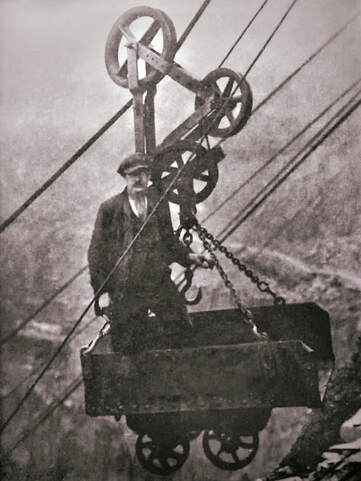

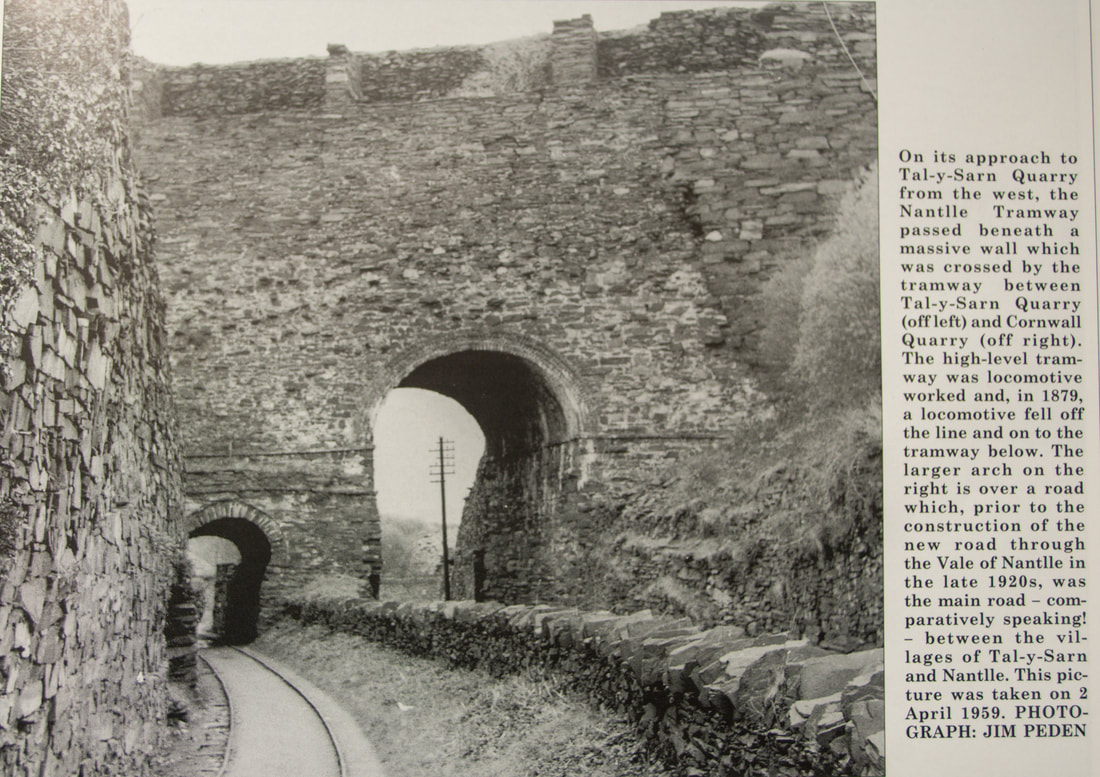
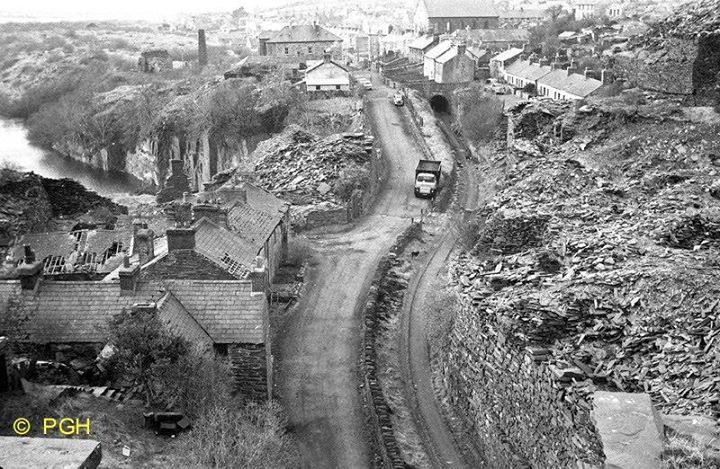

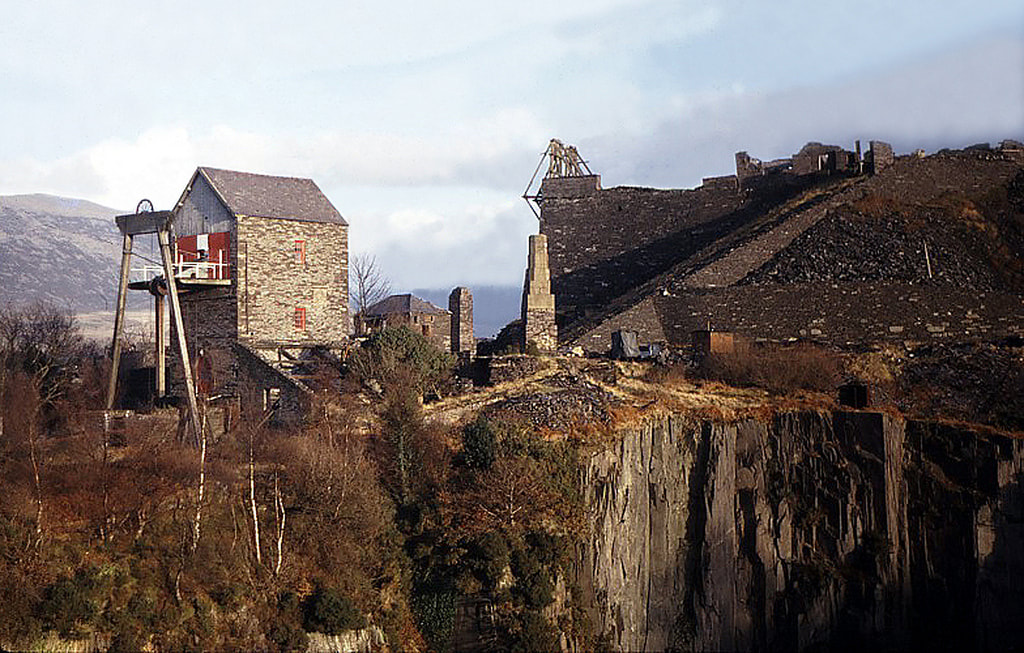
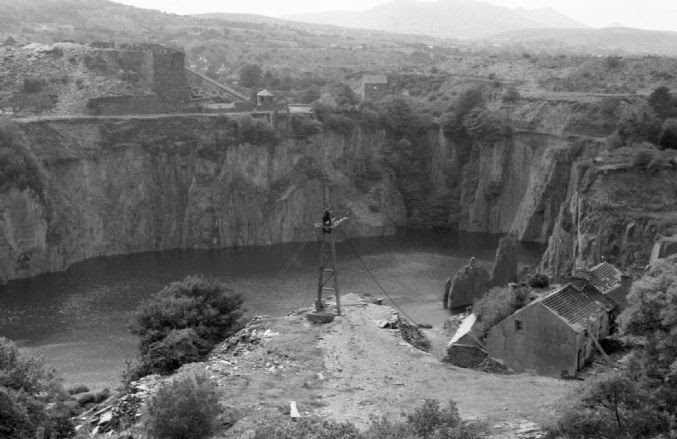
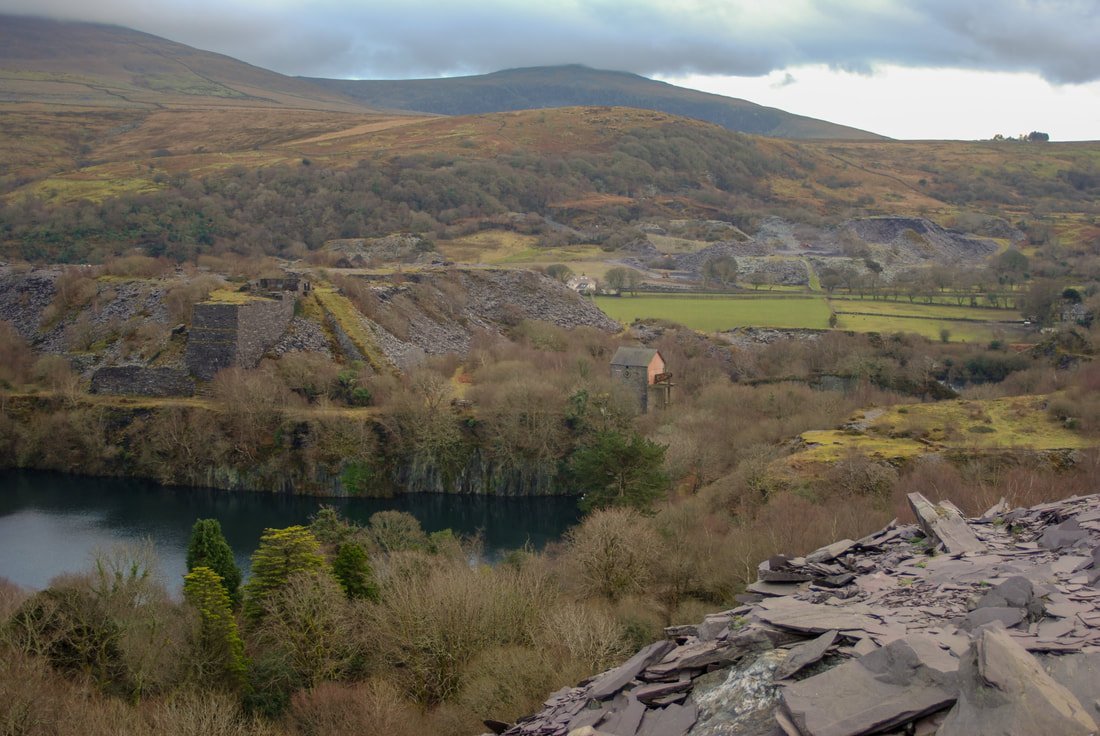
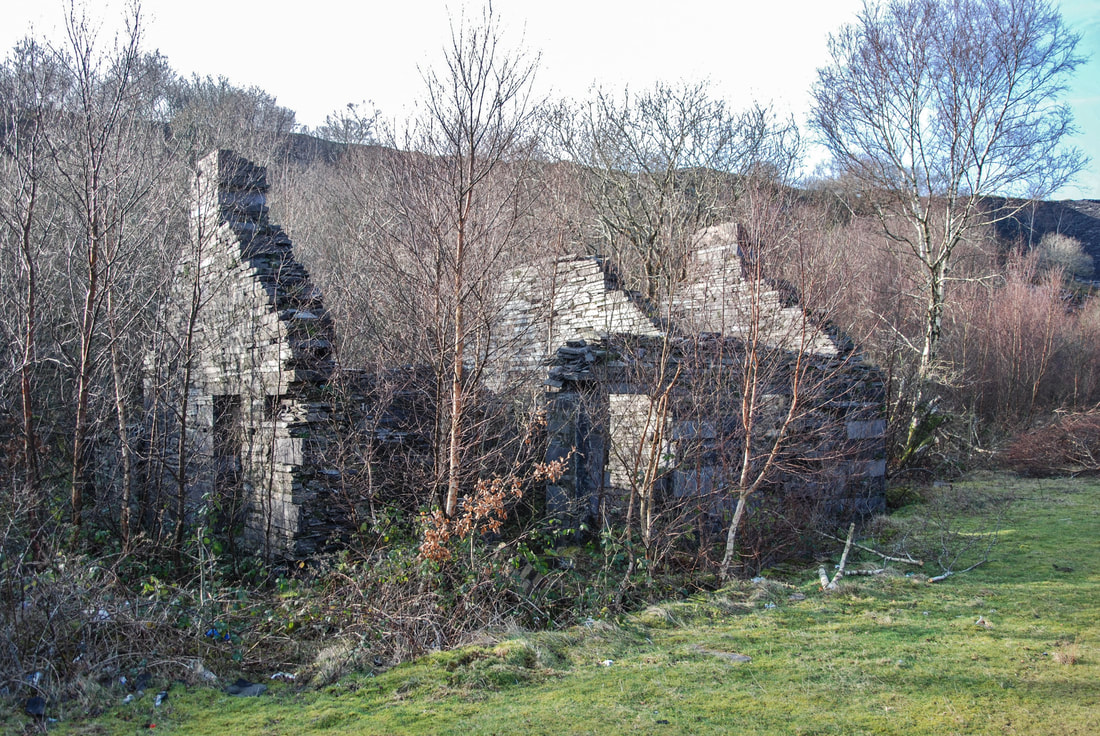
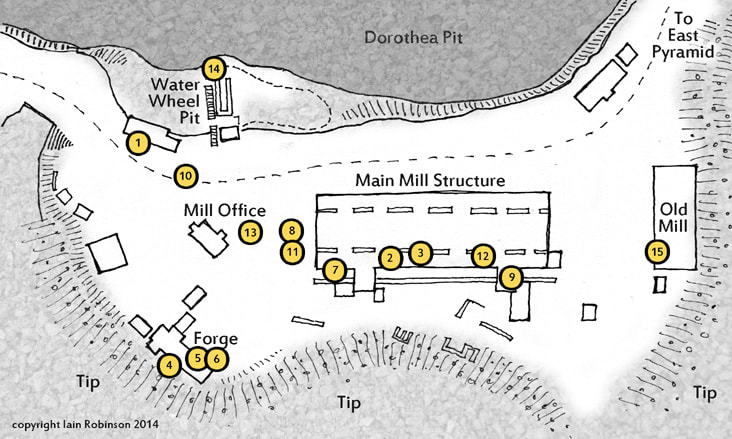
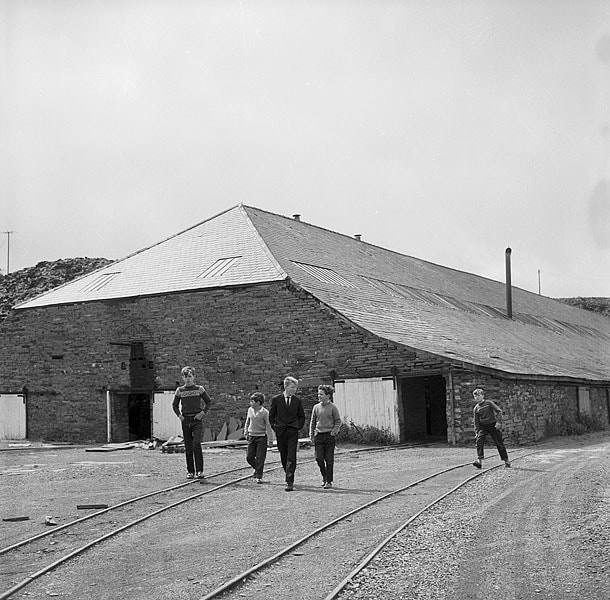
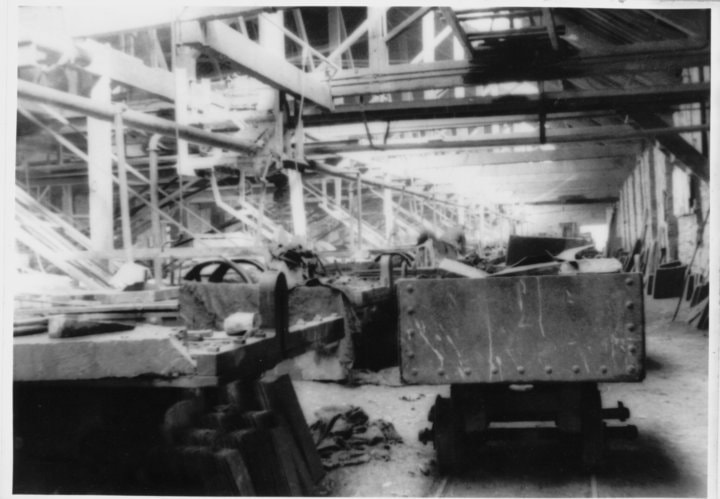
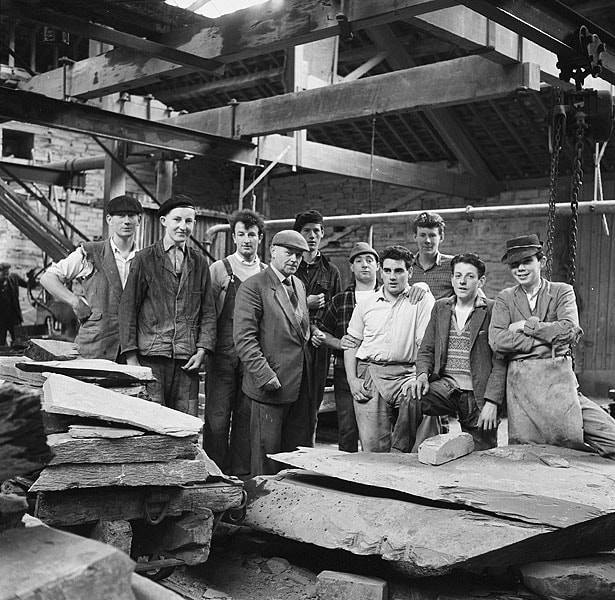
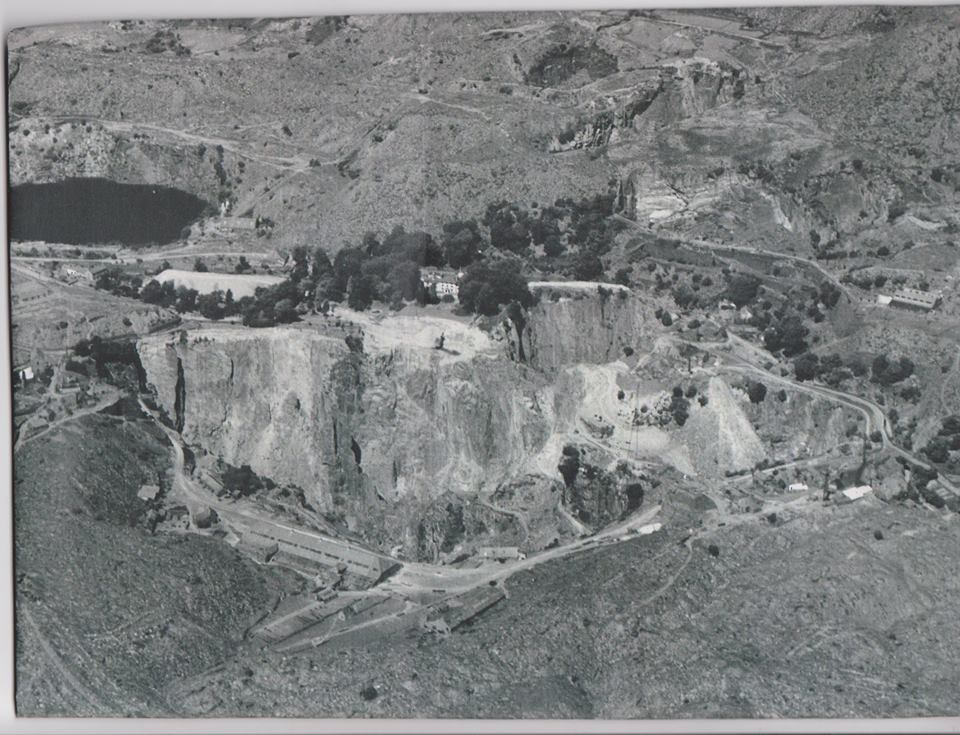
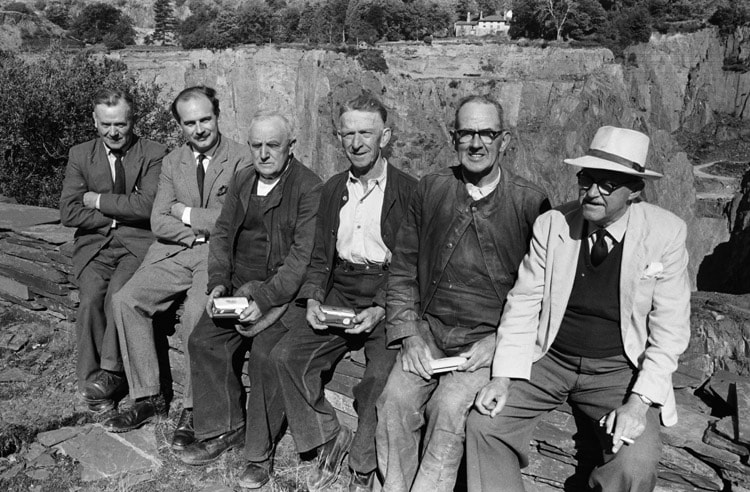
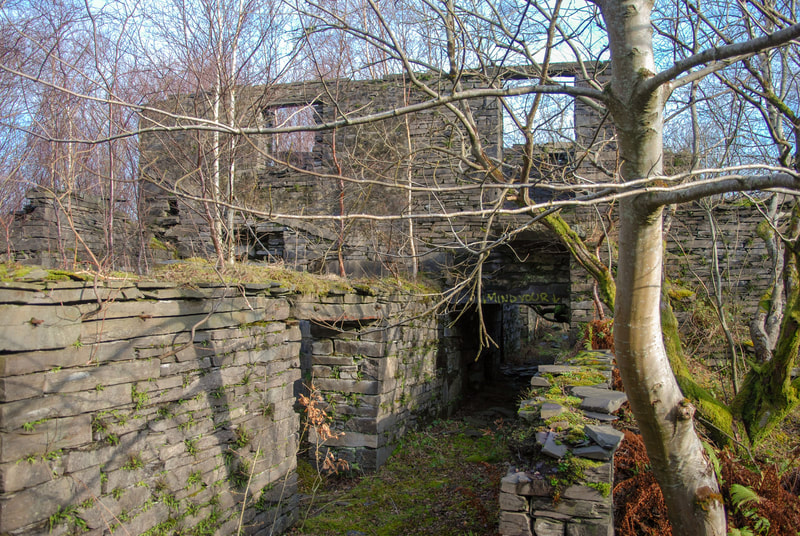
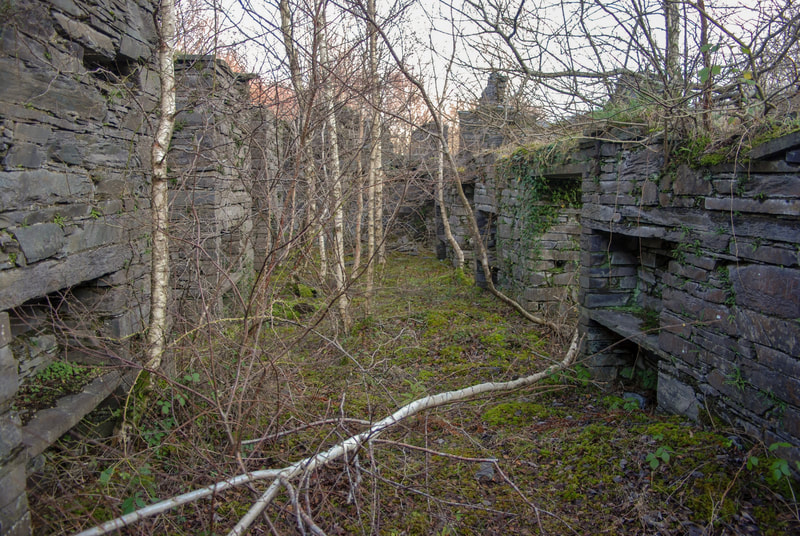
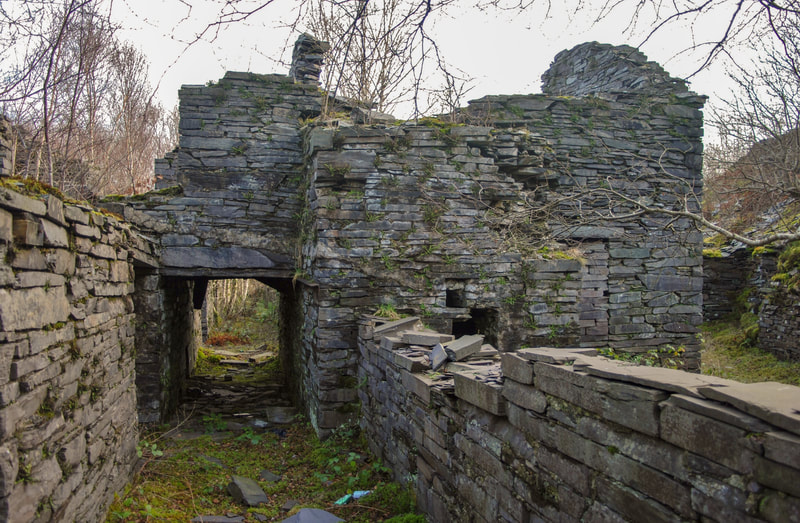
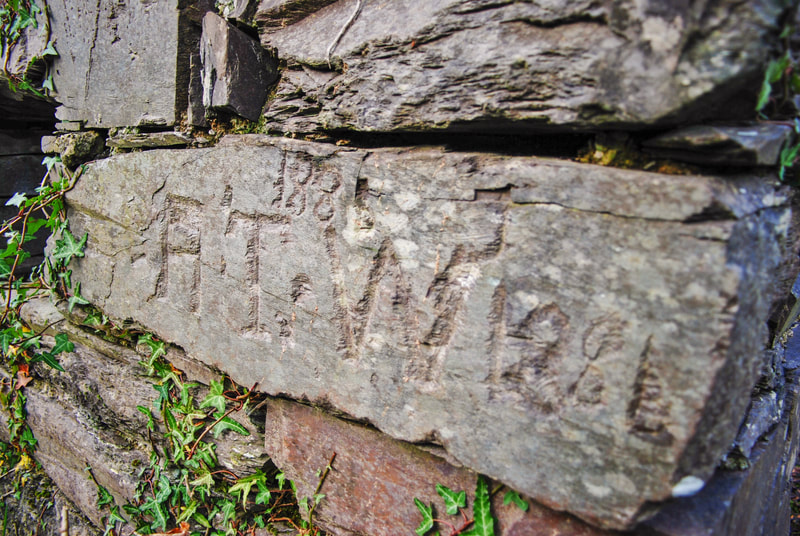
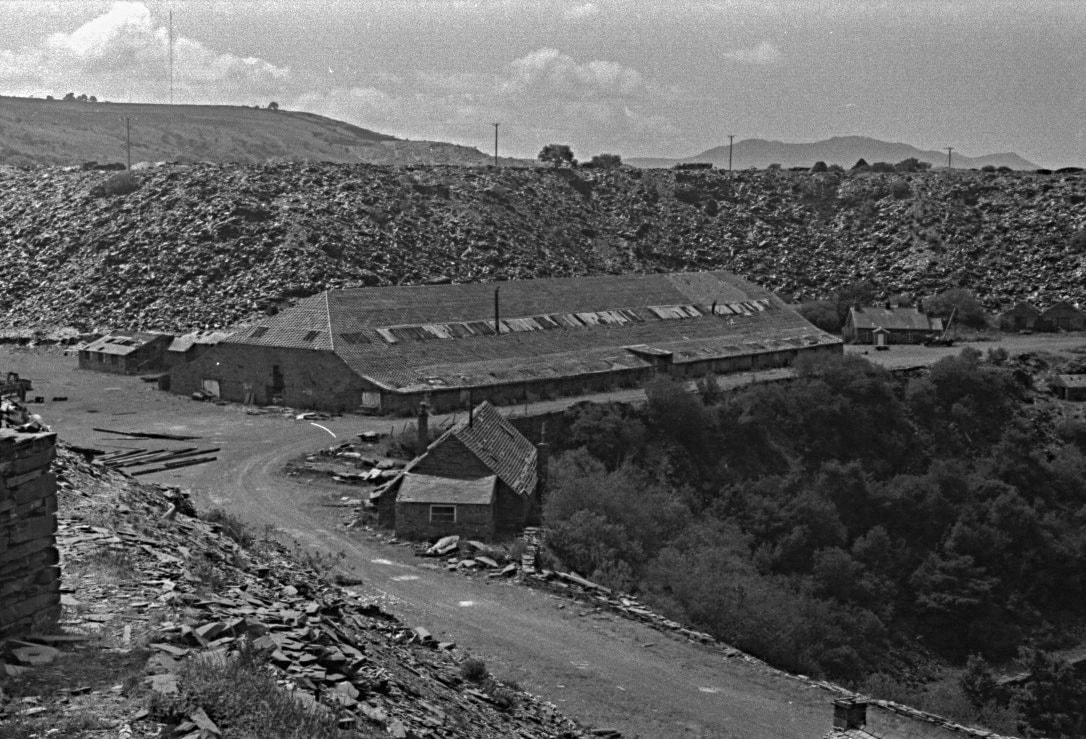
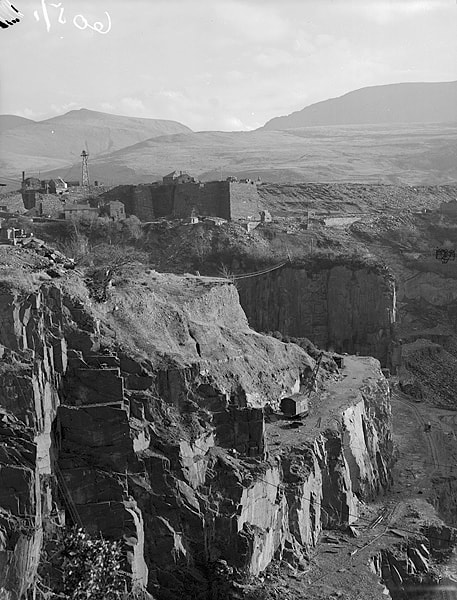
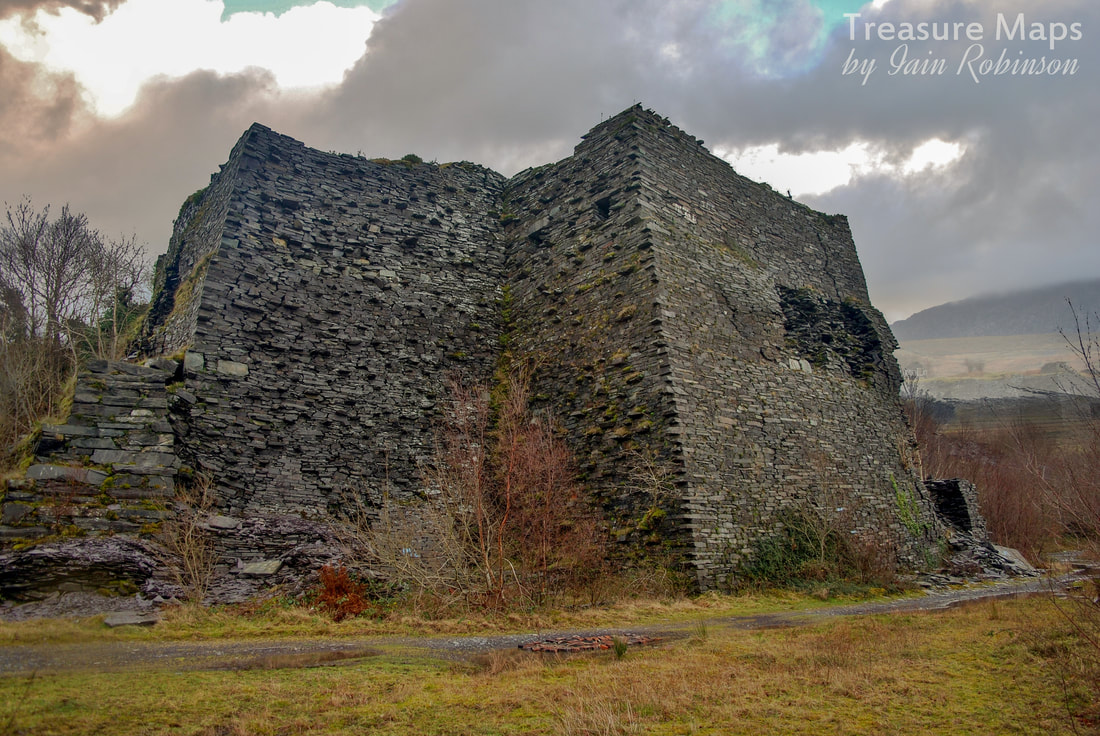
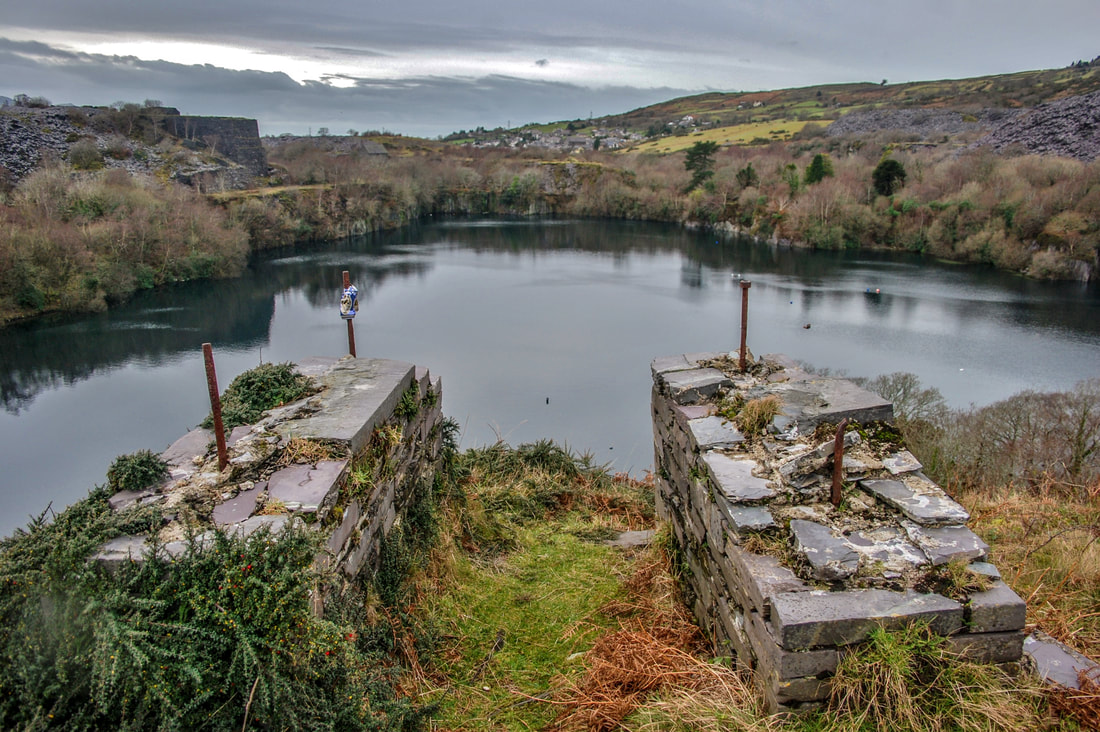
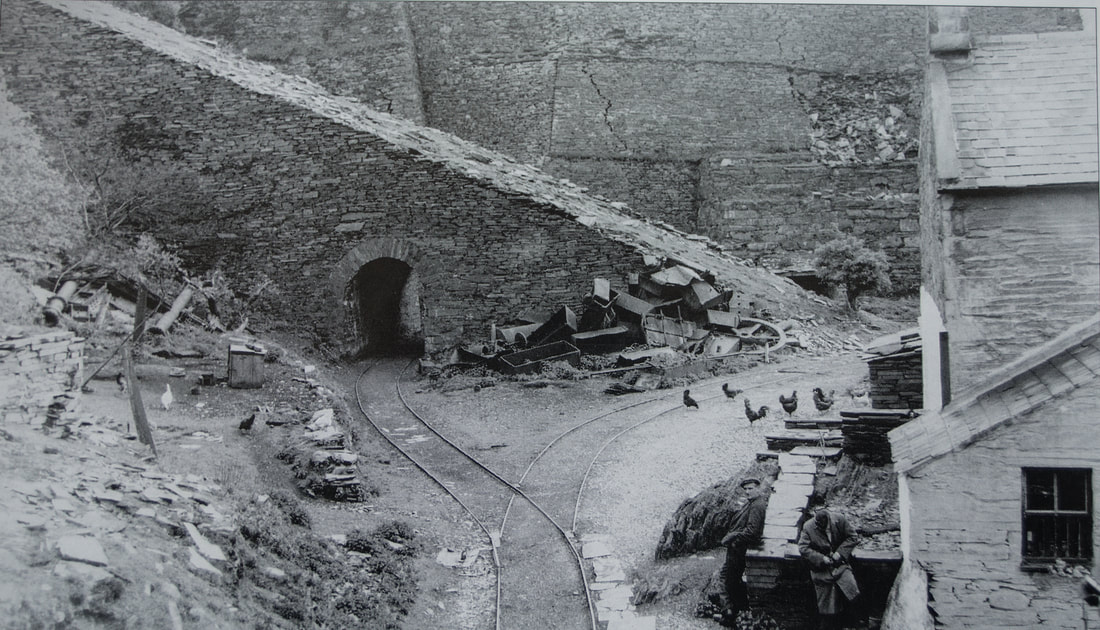
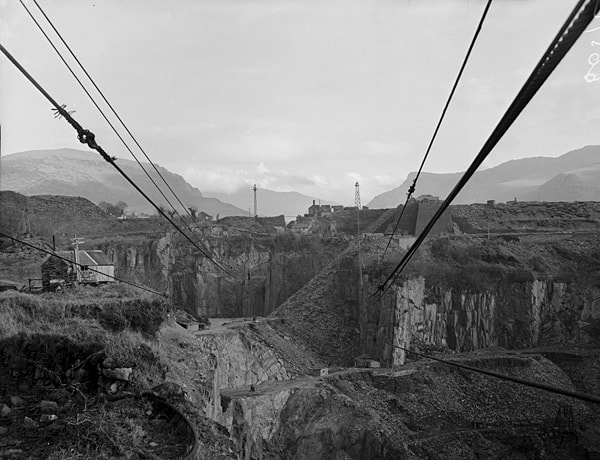
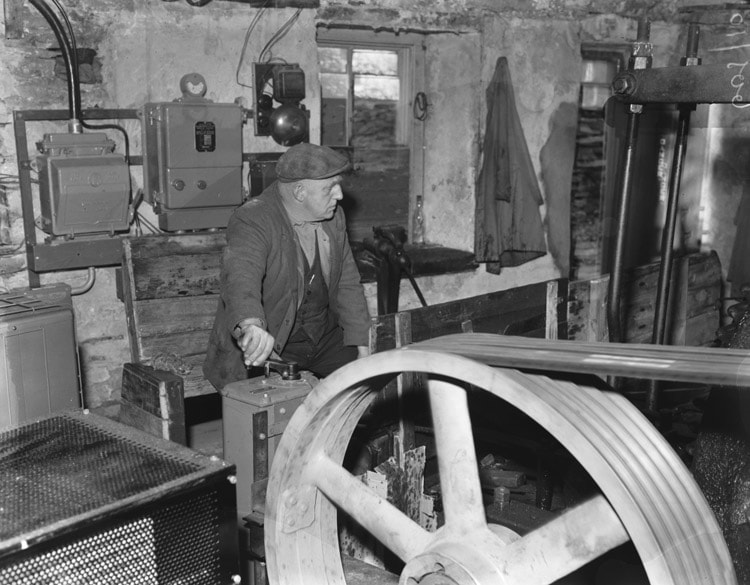
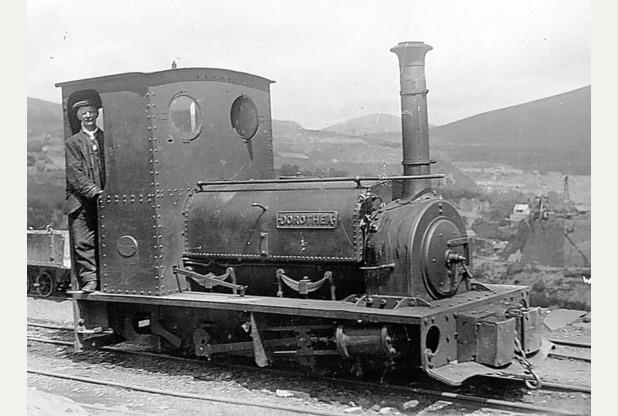
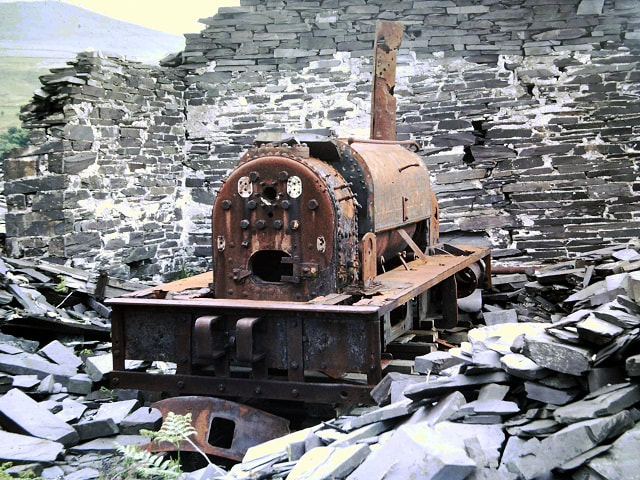
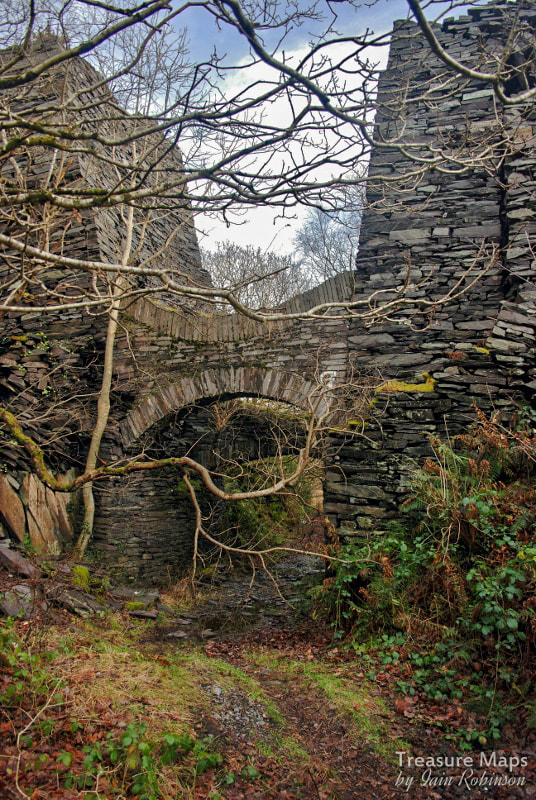
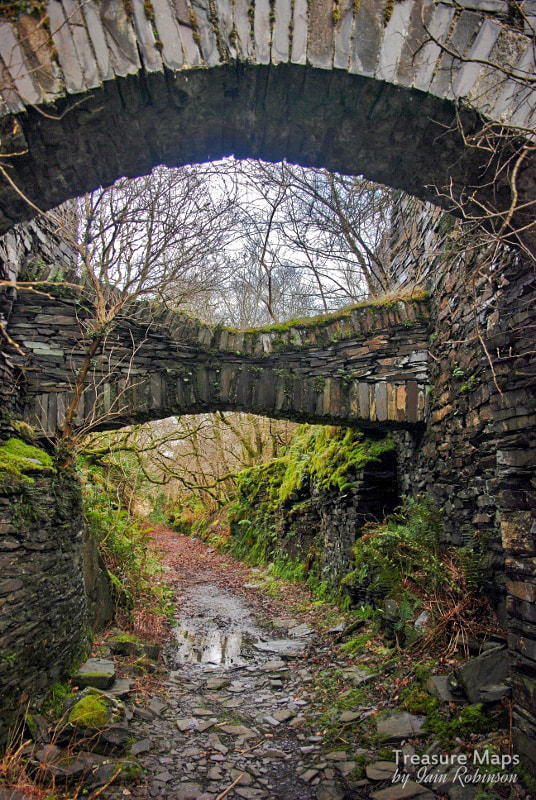
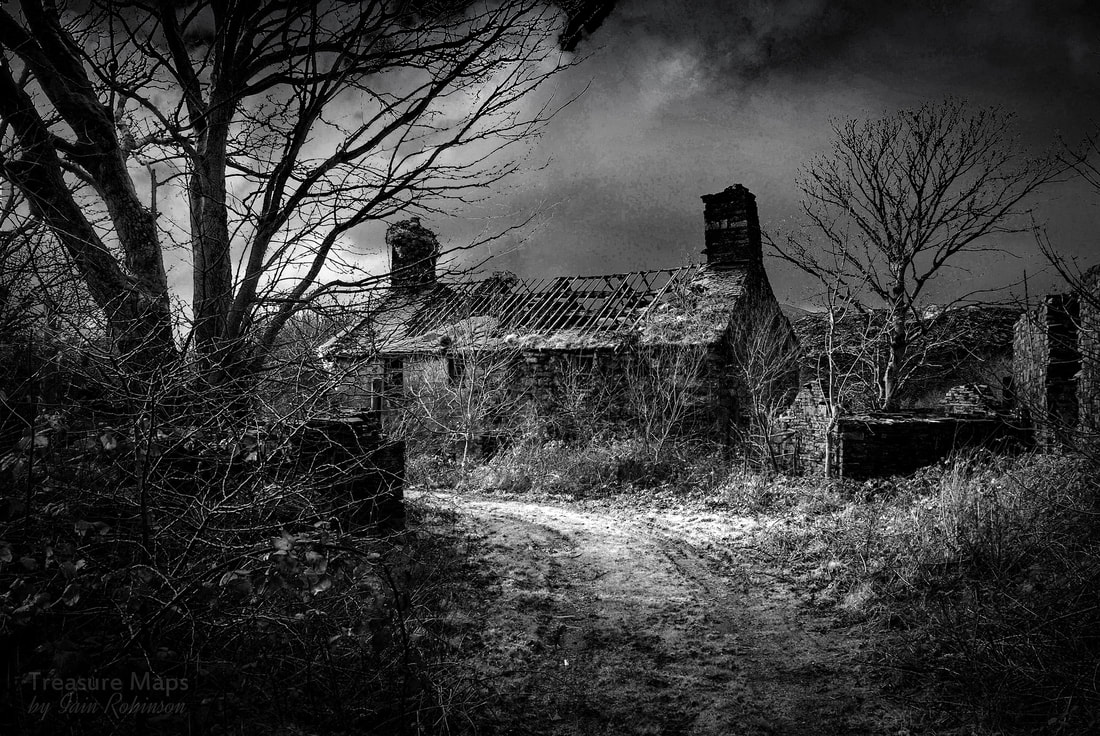
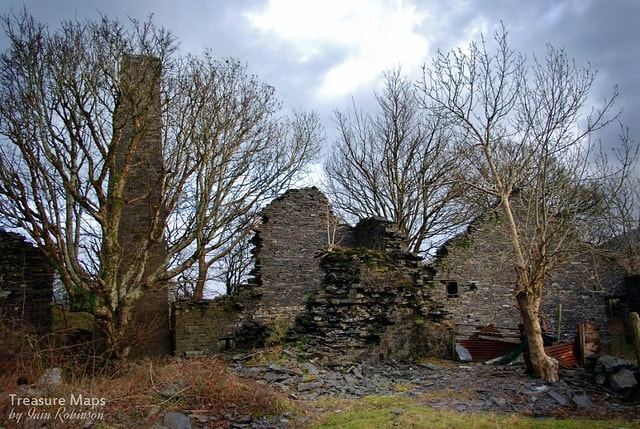
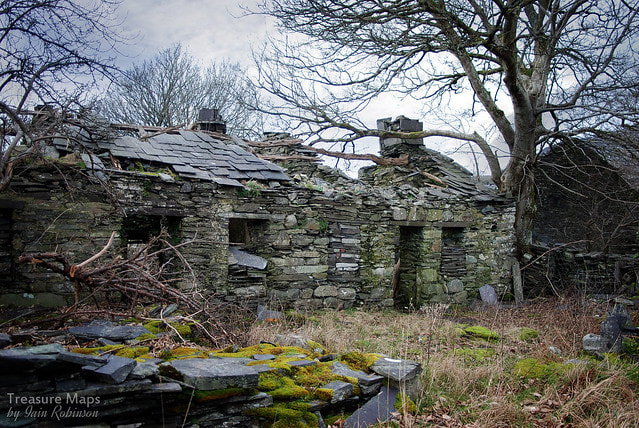
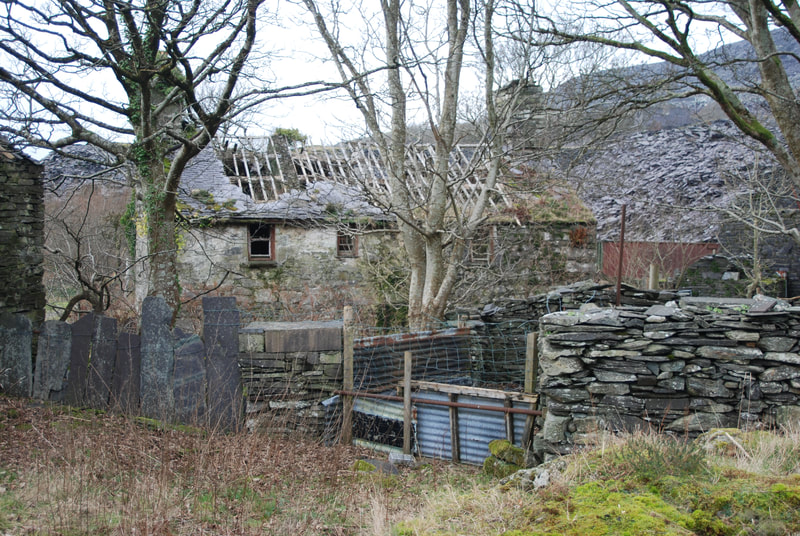
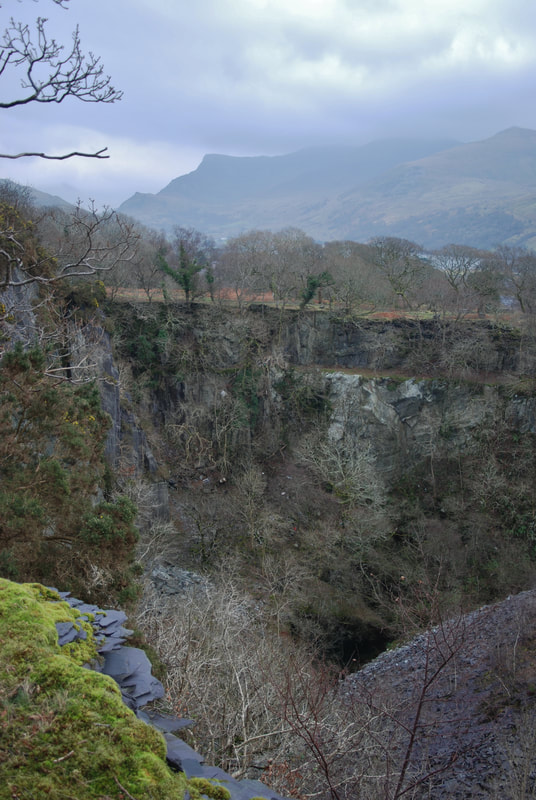
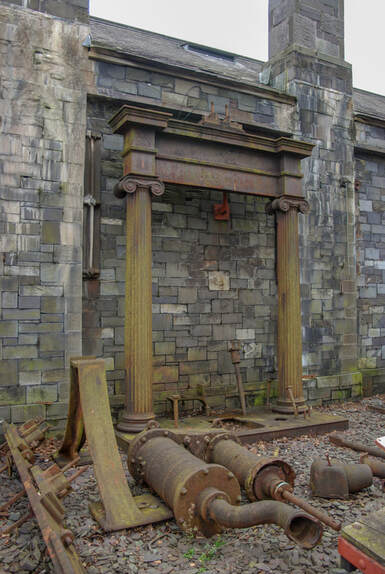
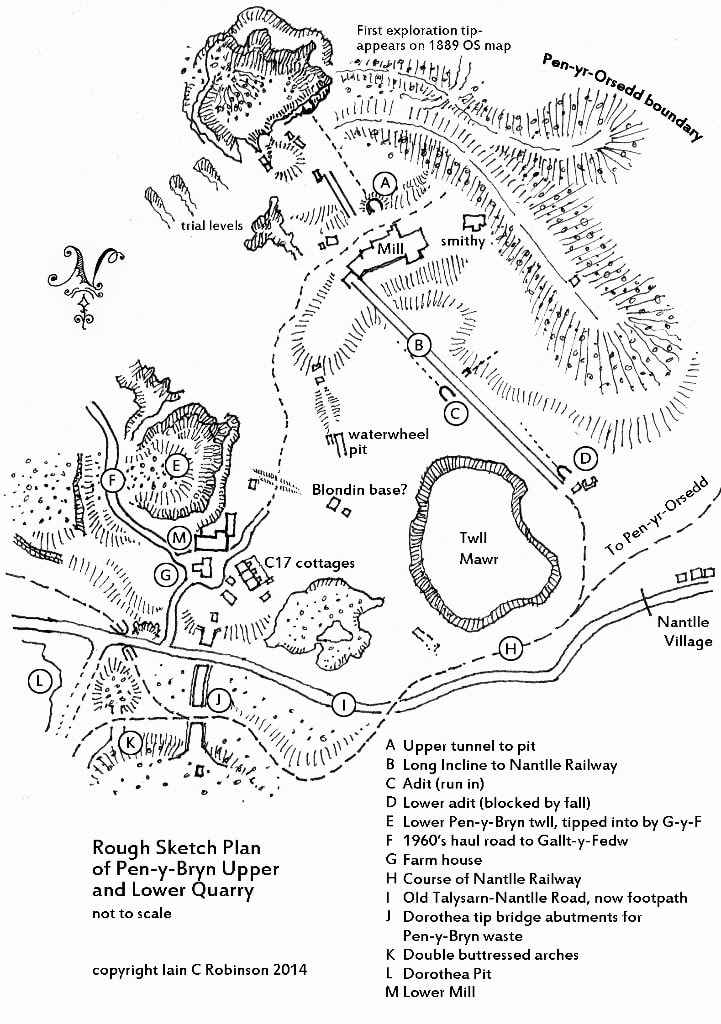
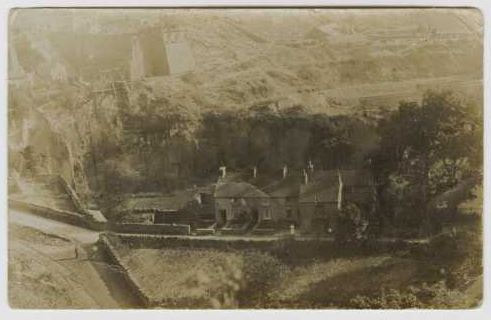
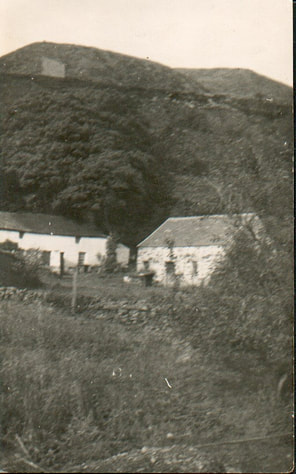

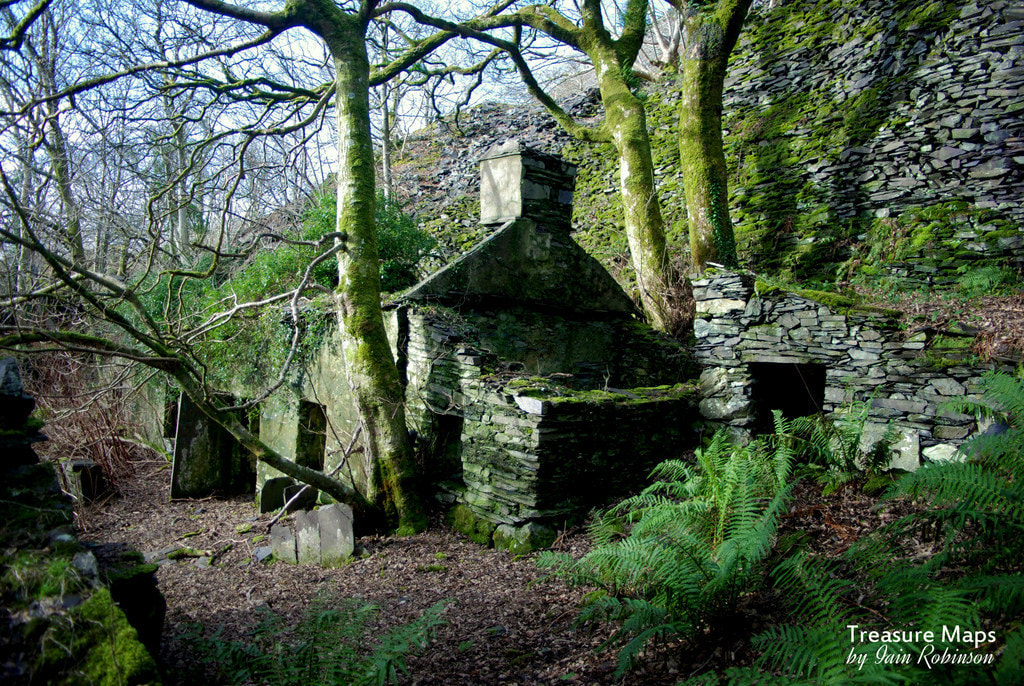

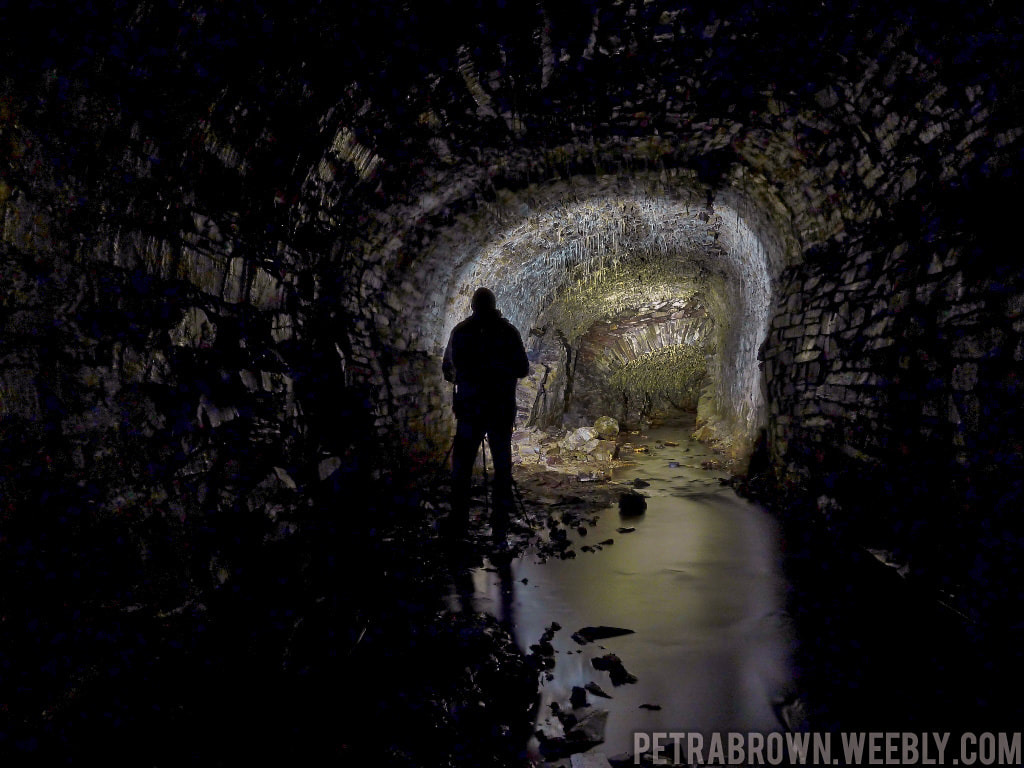
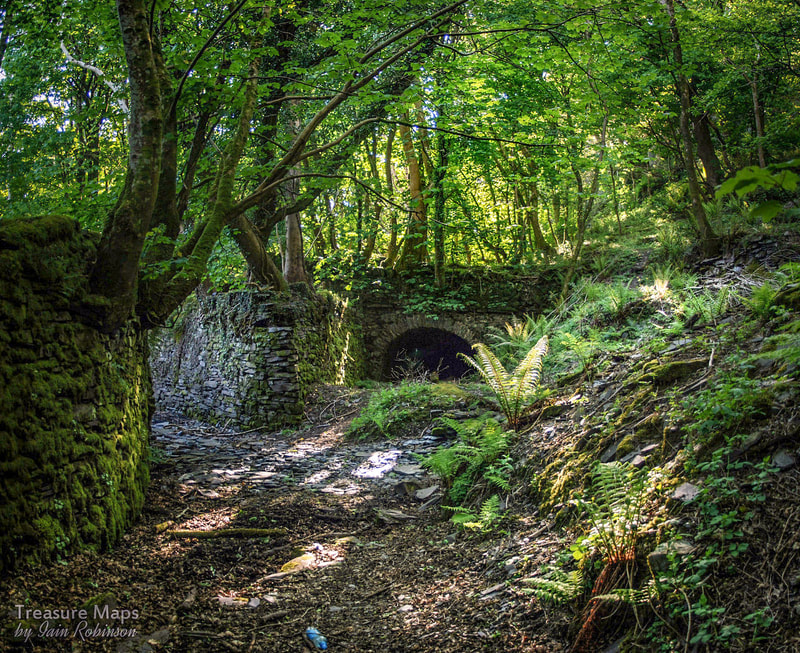
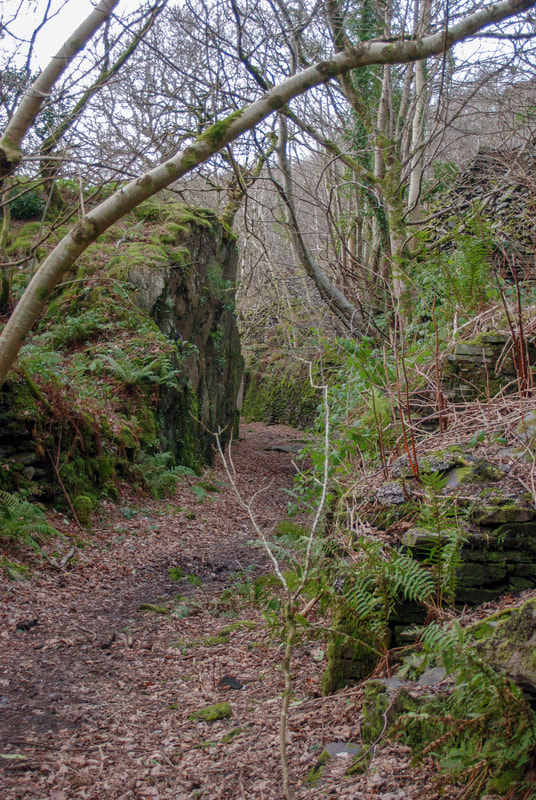
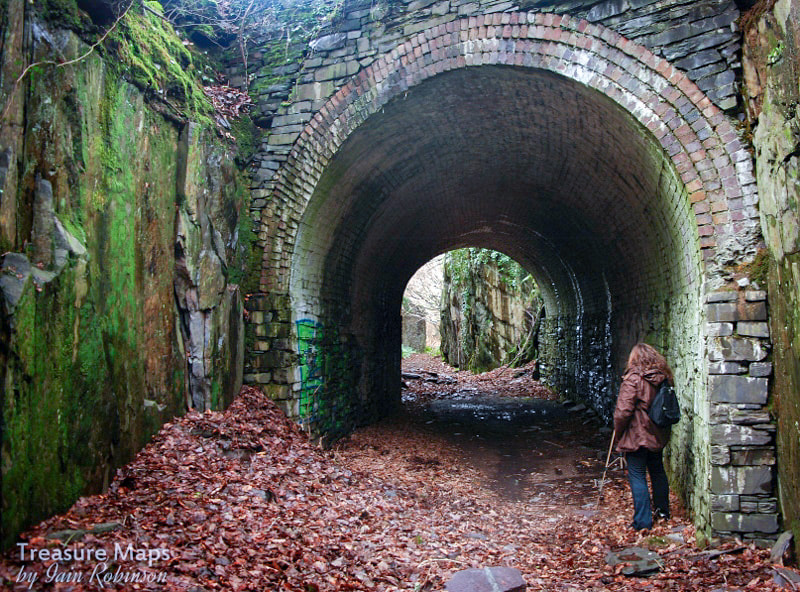
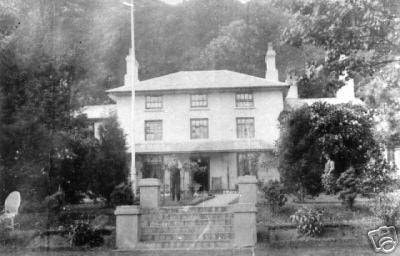
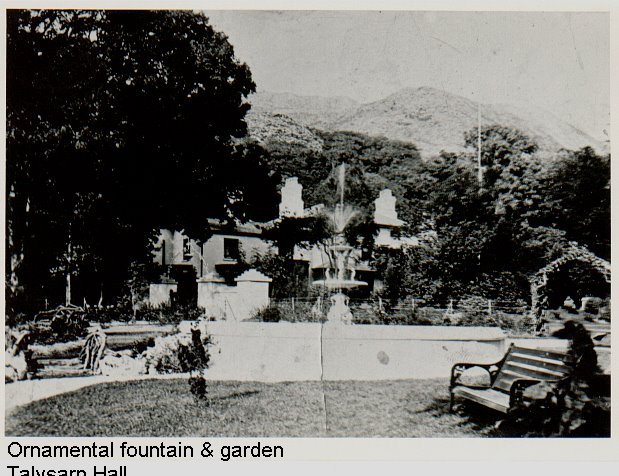
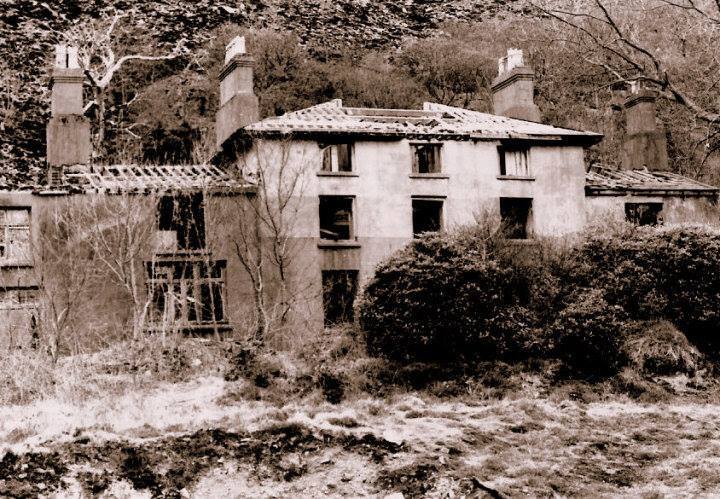
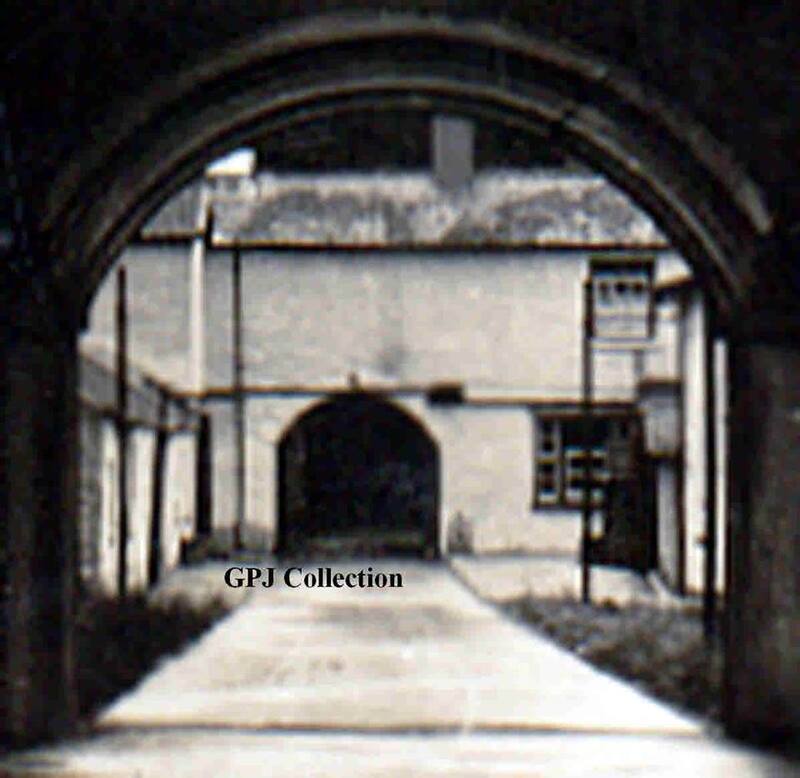
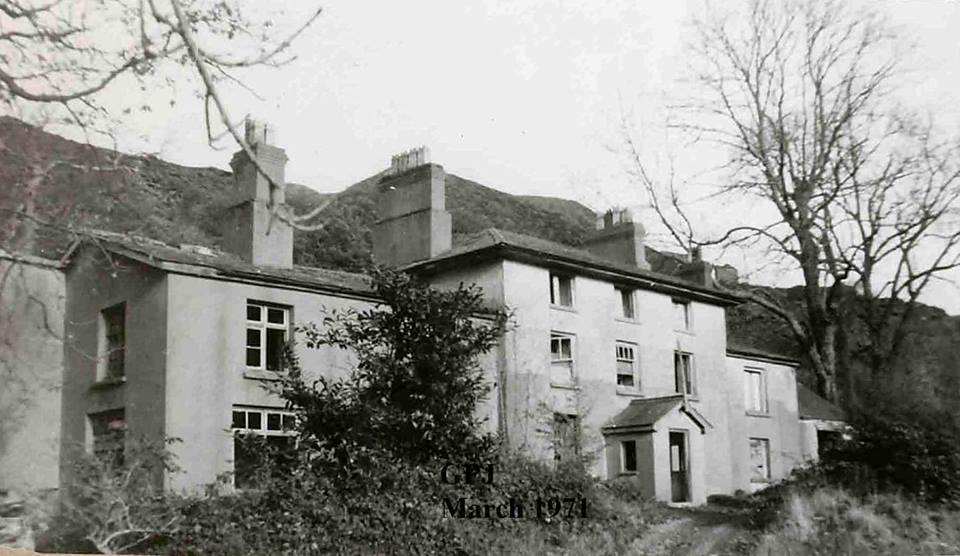
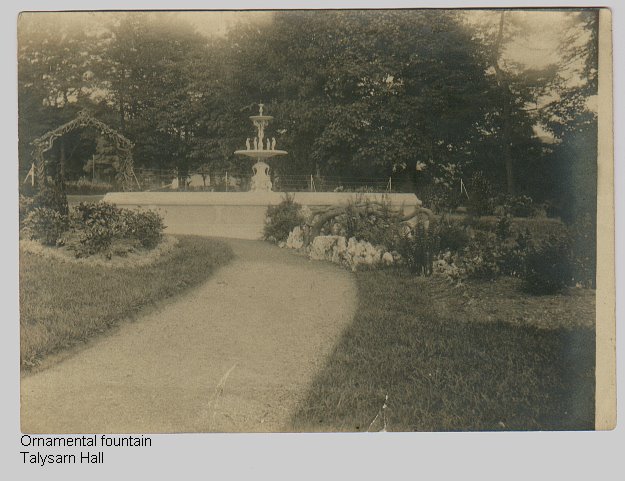
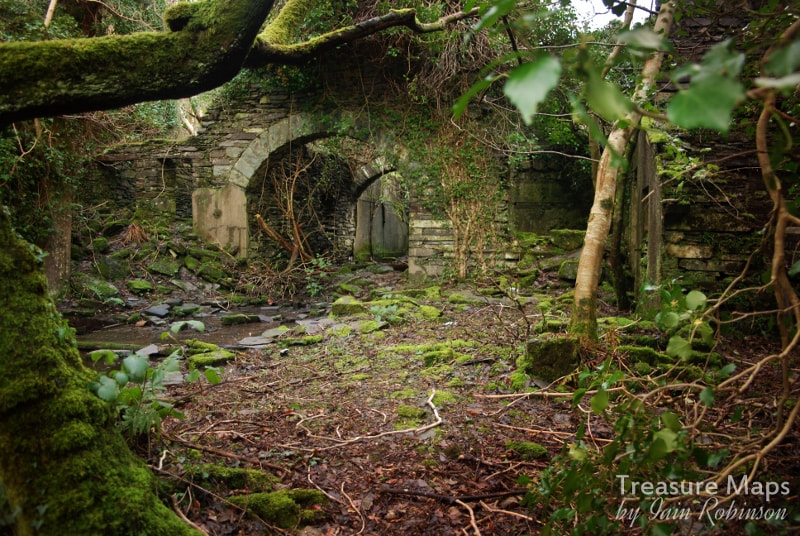
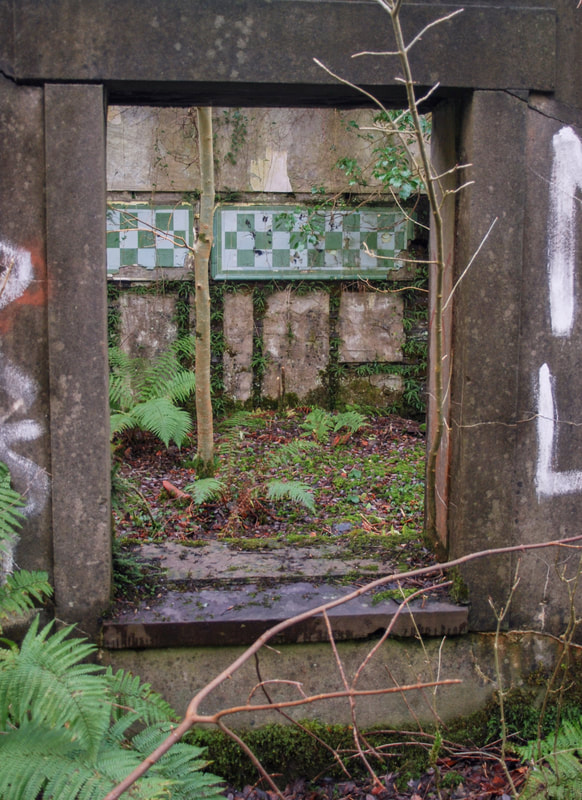
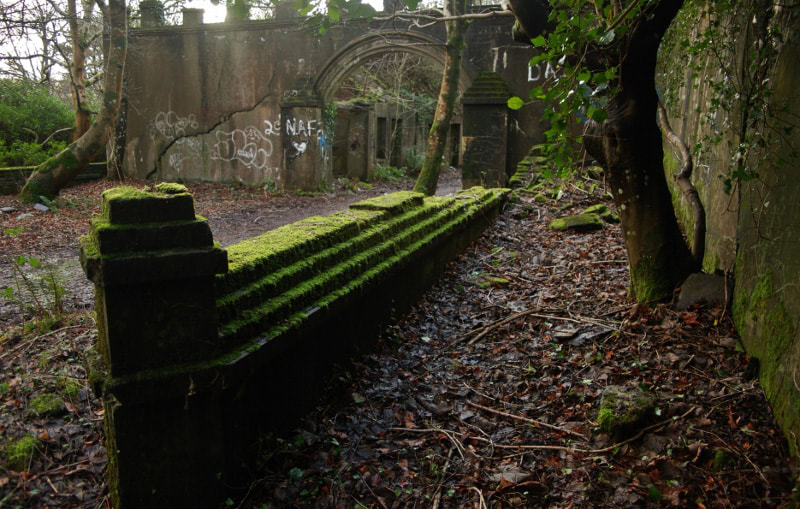
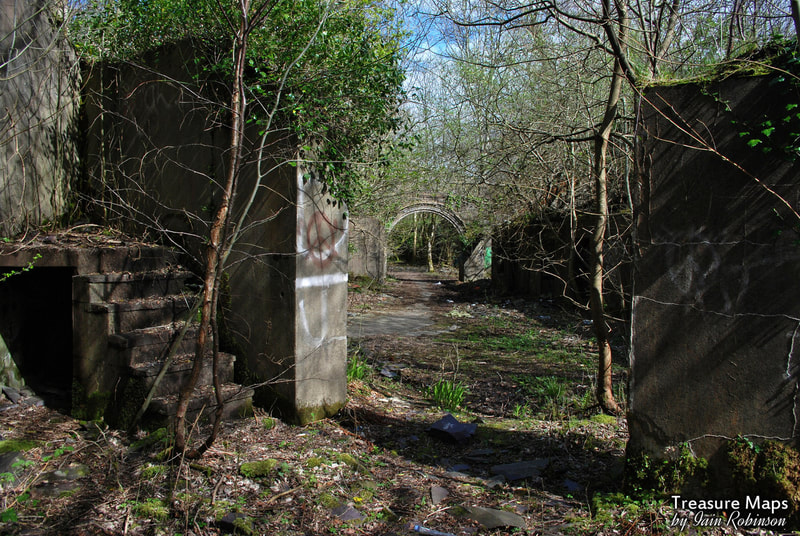
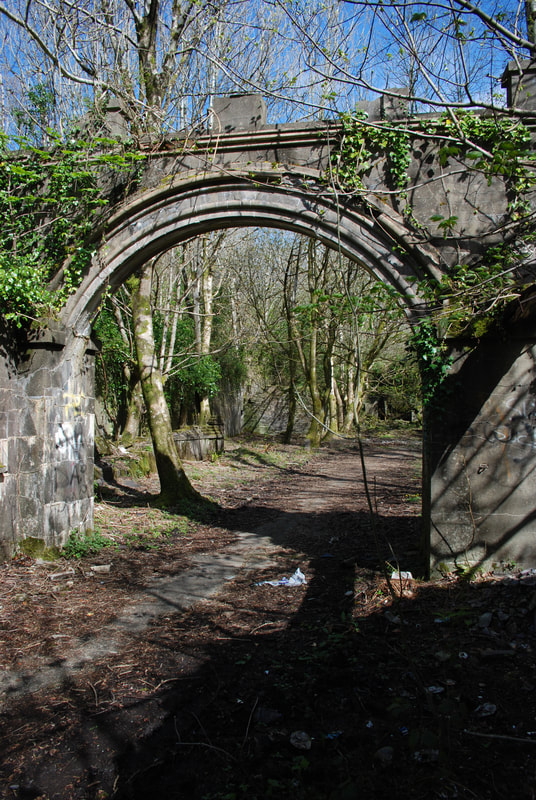
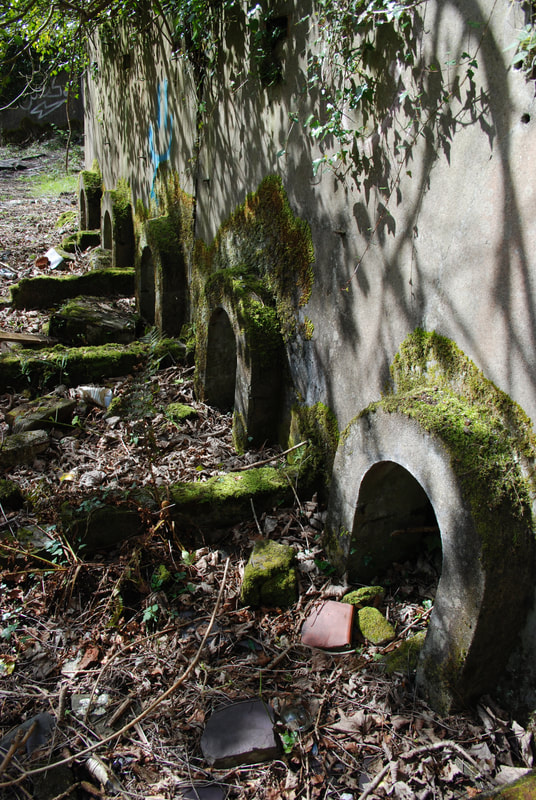
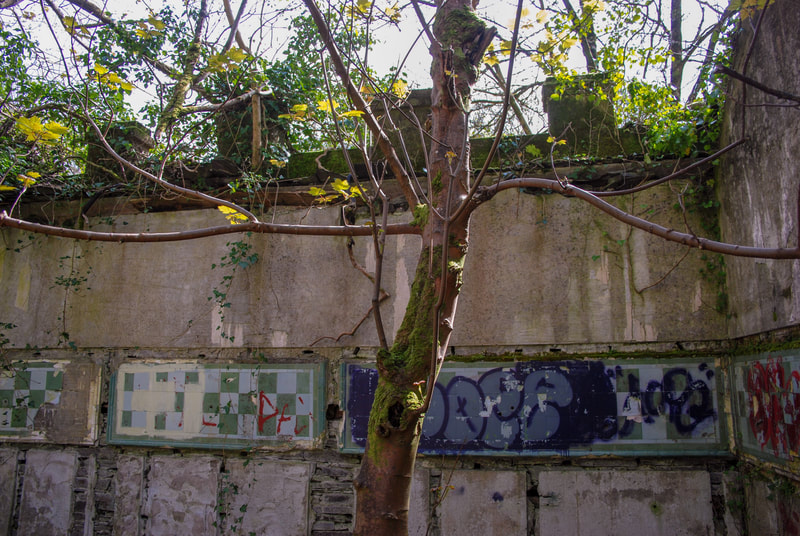
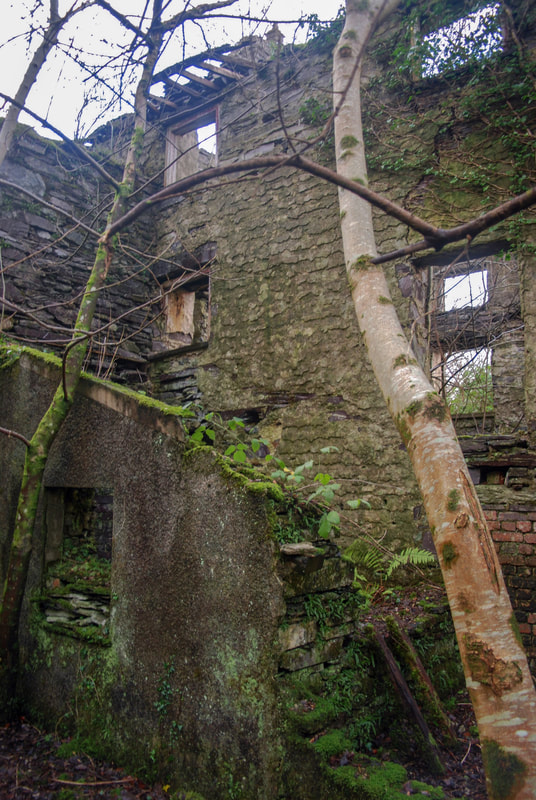

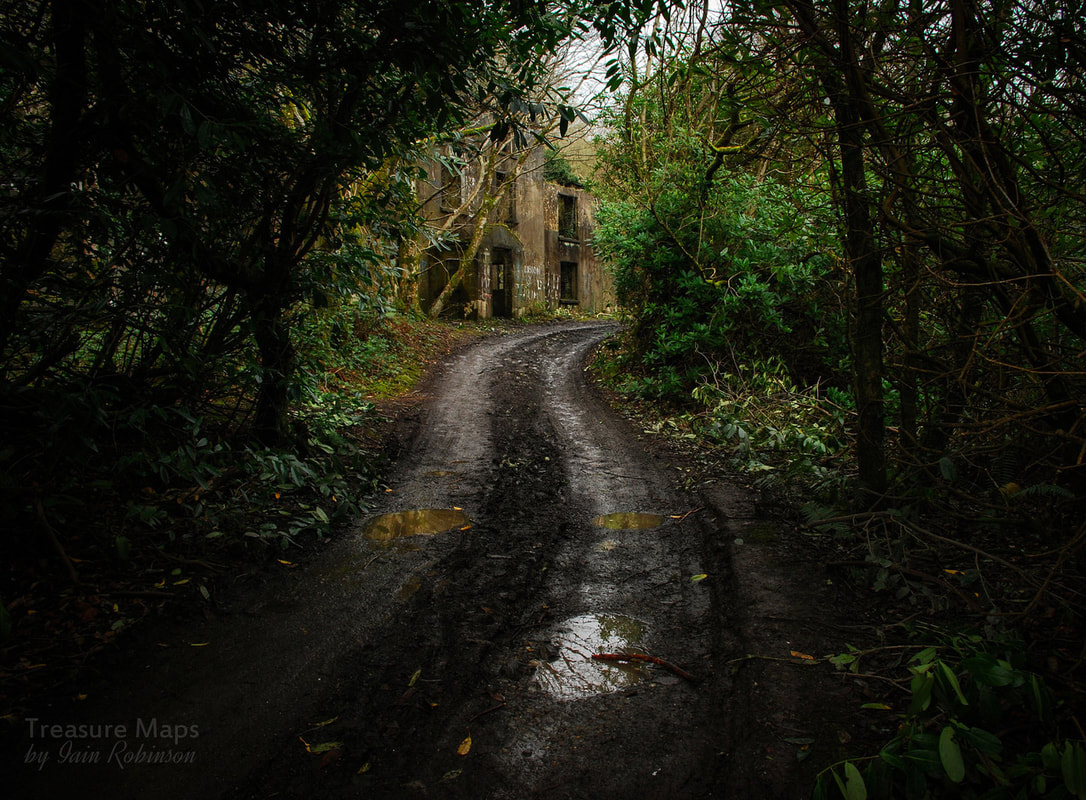
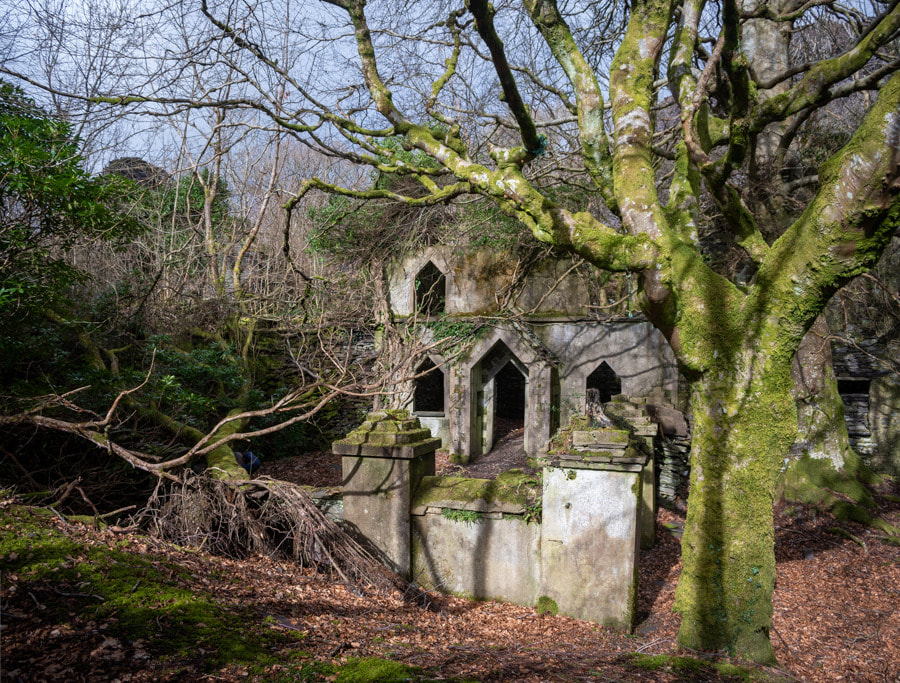
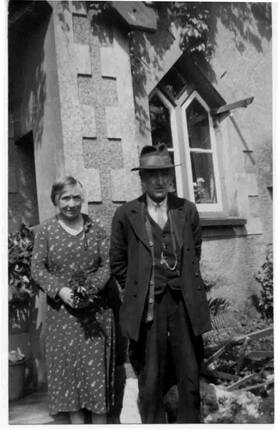
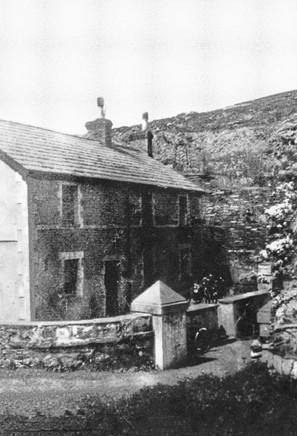
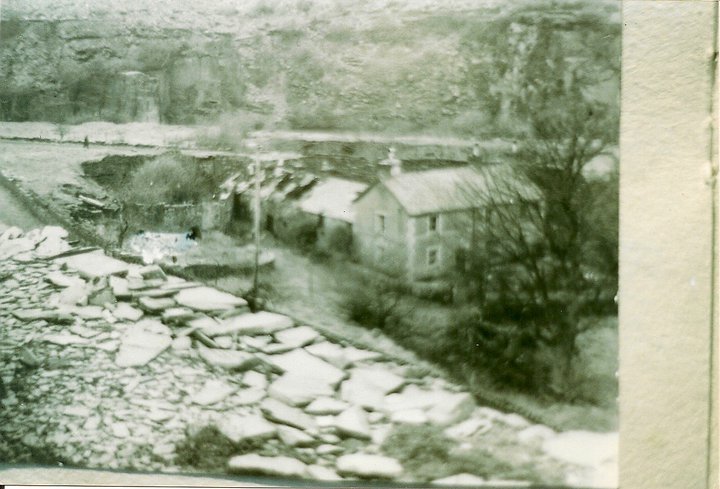
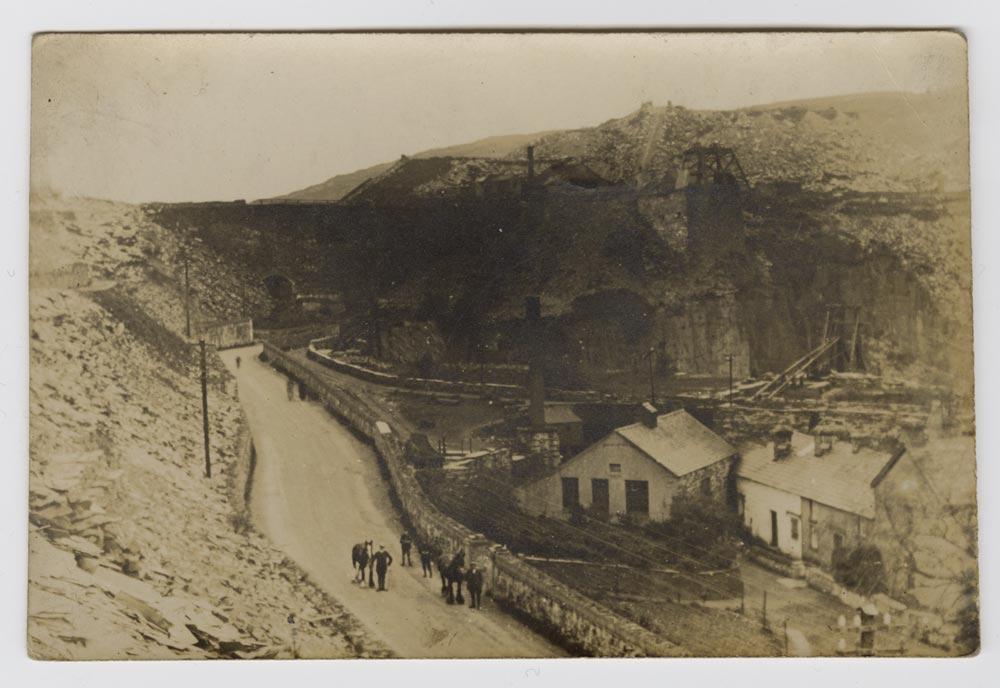
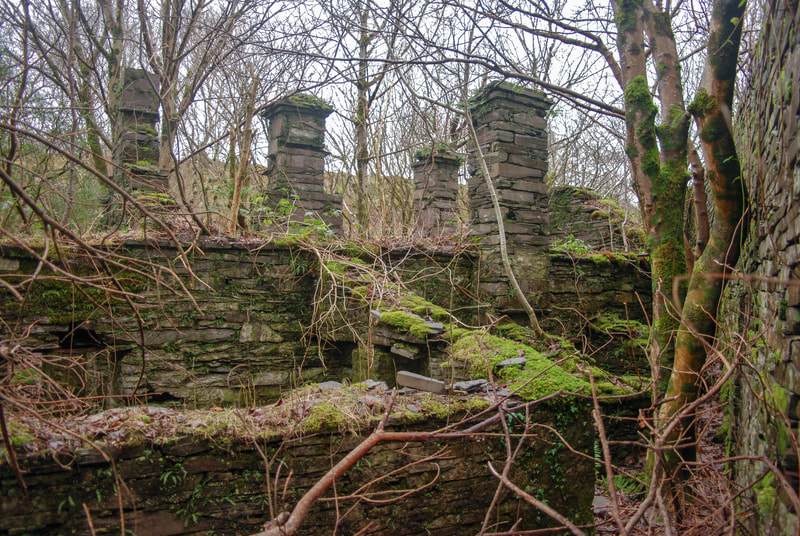
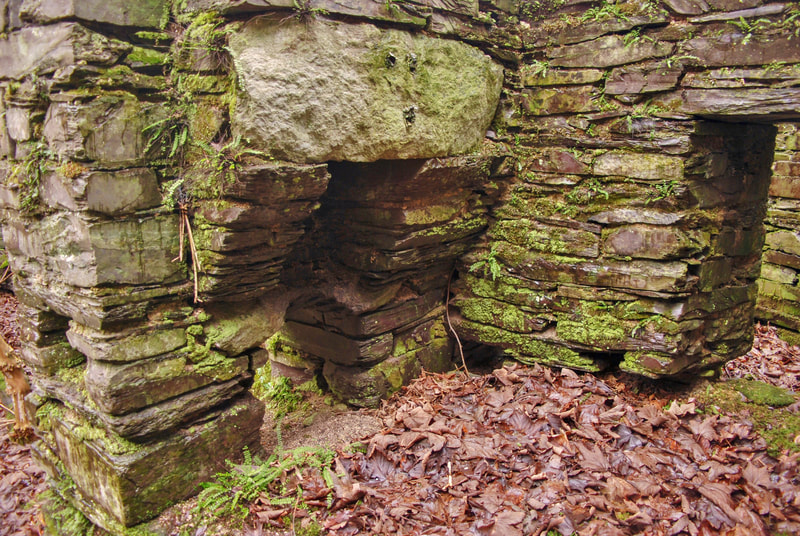
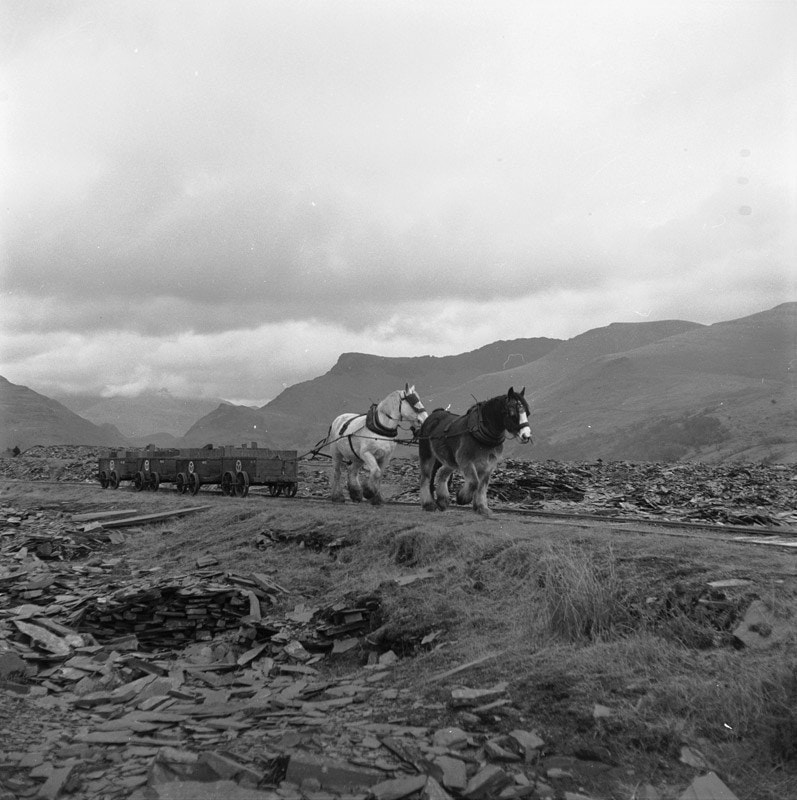
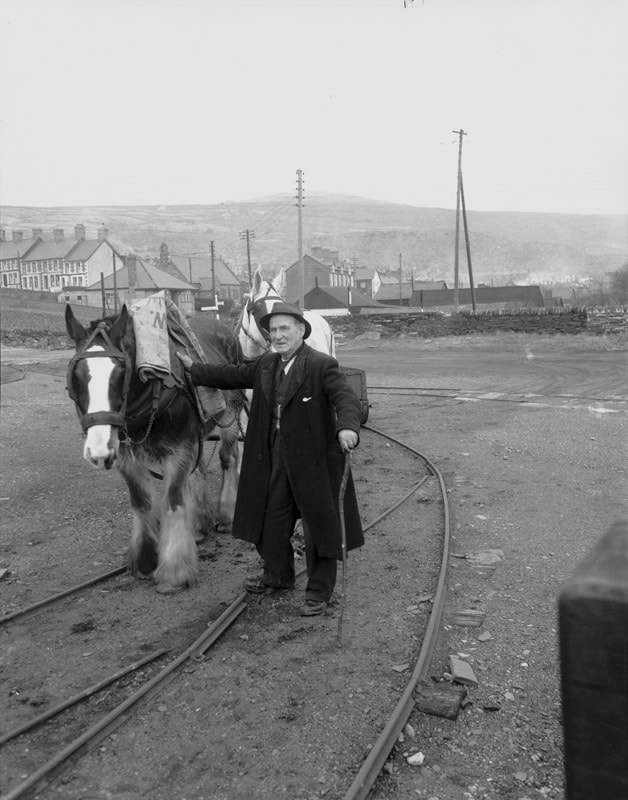
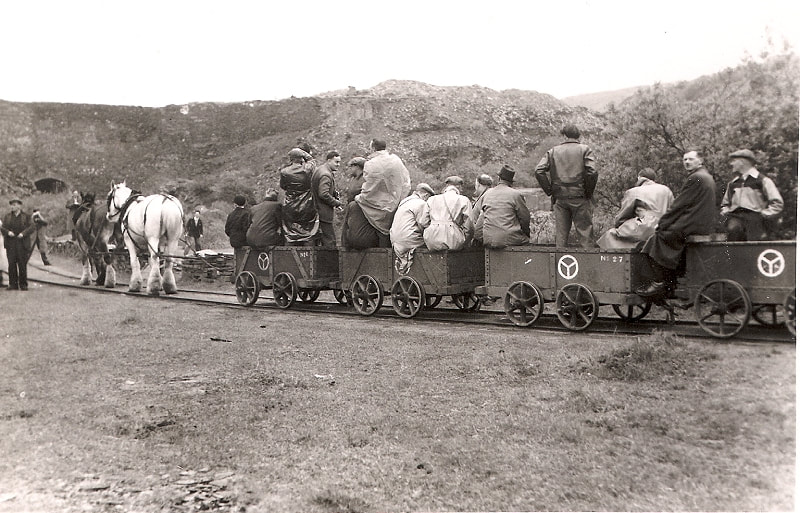
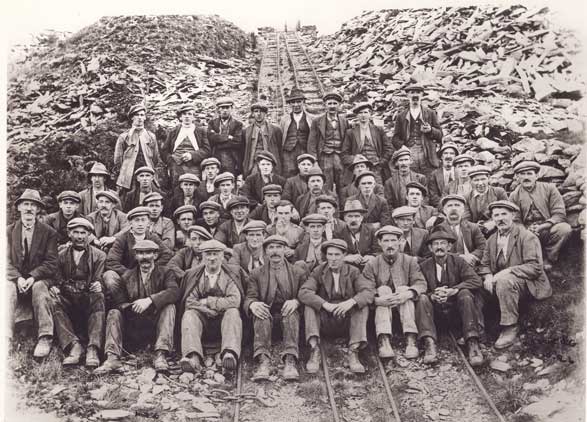
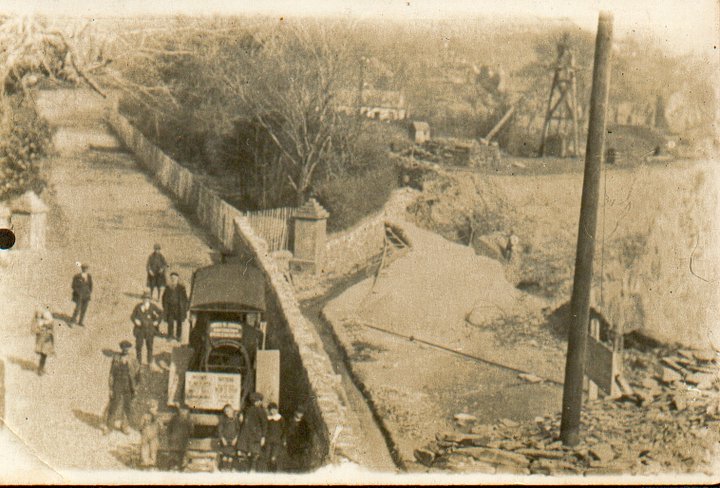

 RSS Feed
RSS Feed